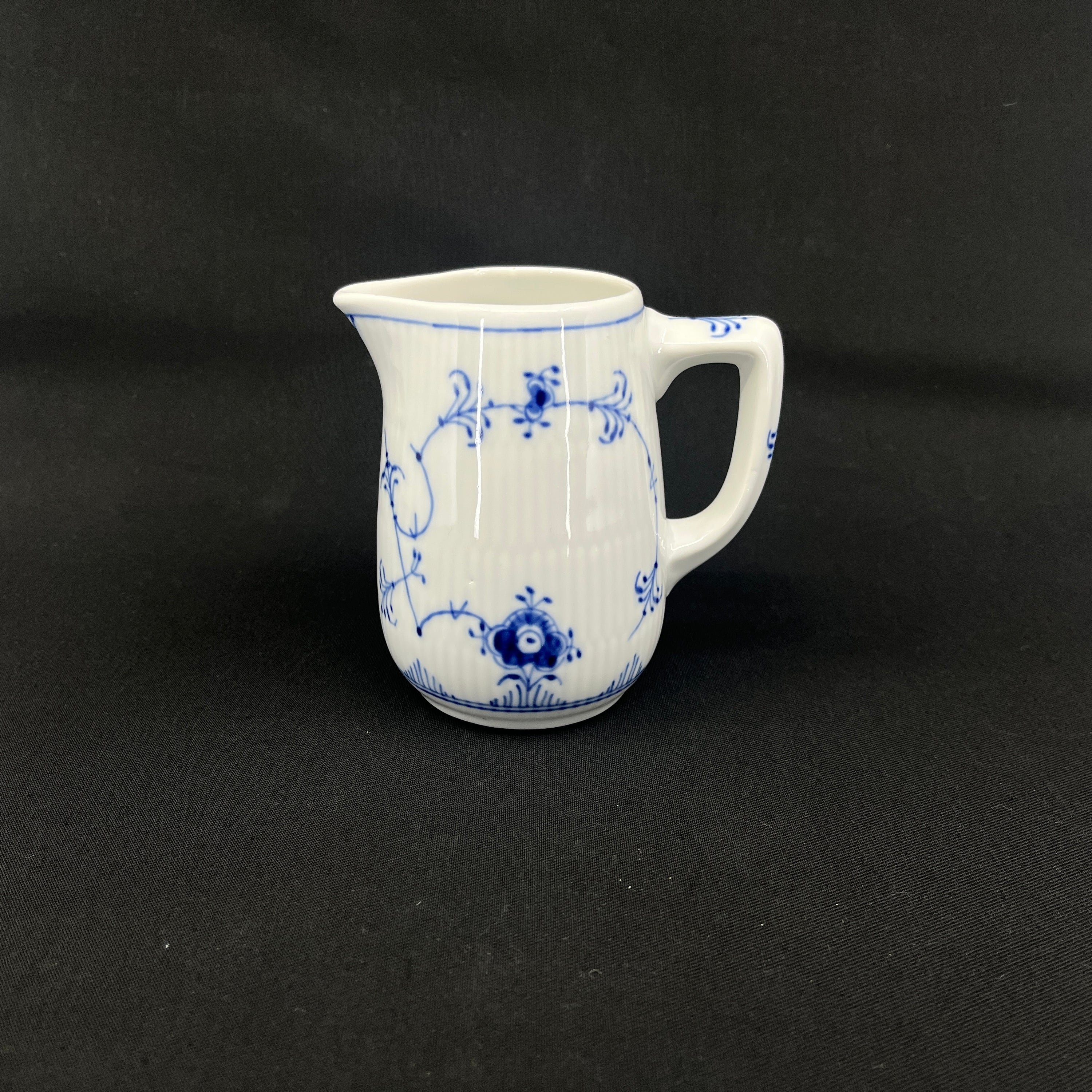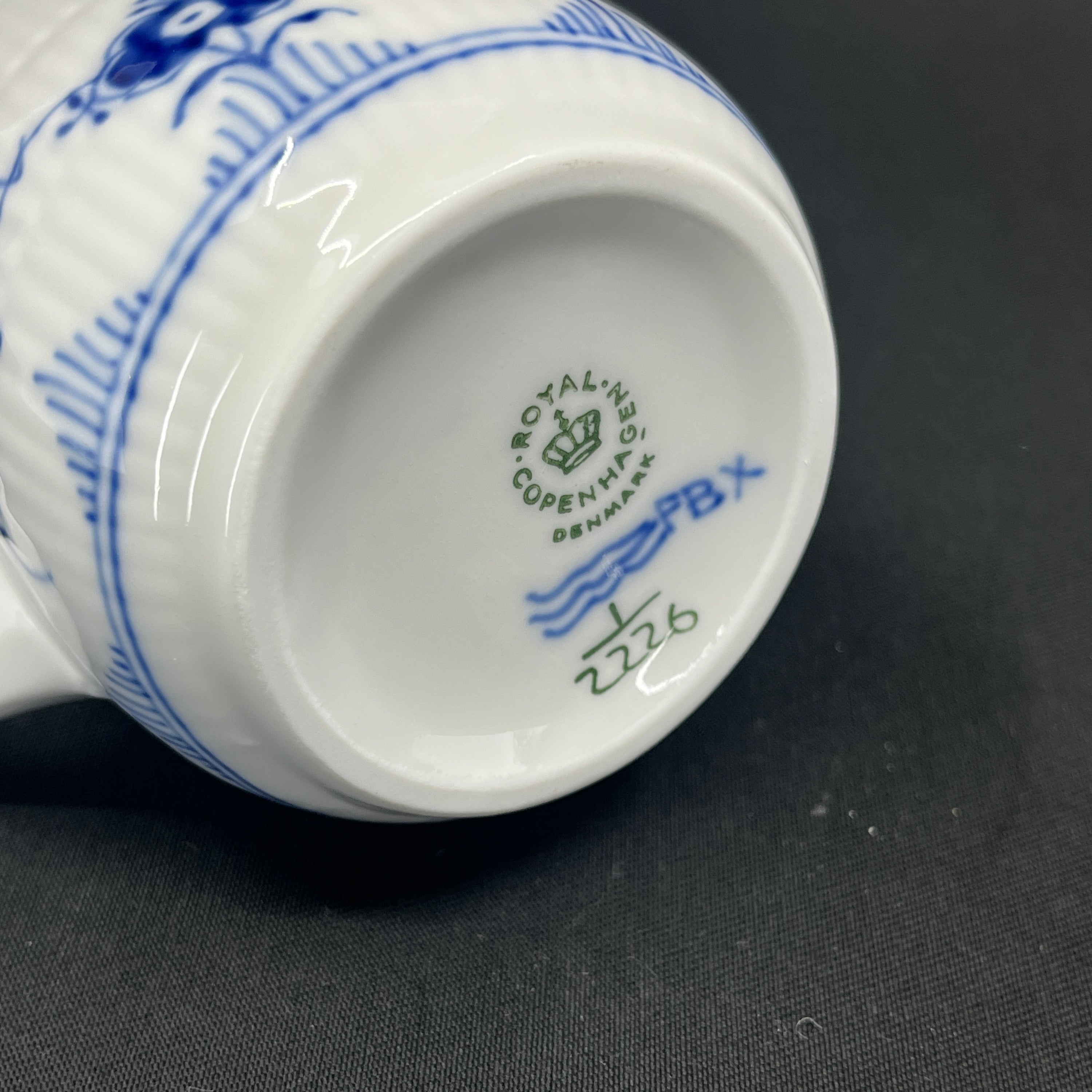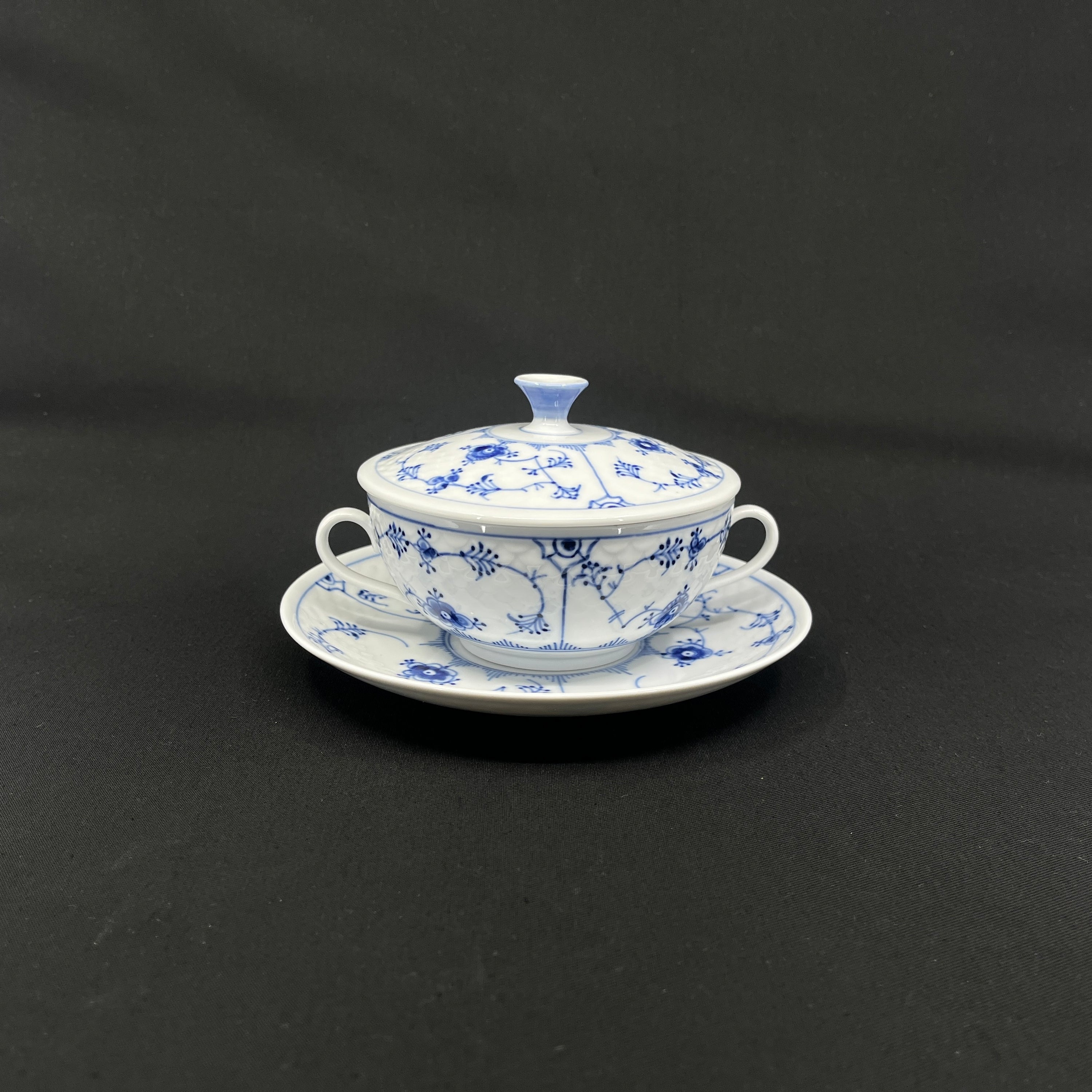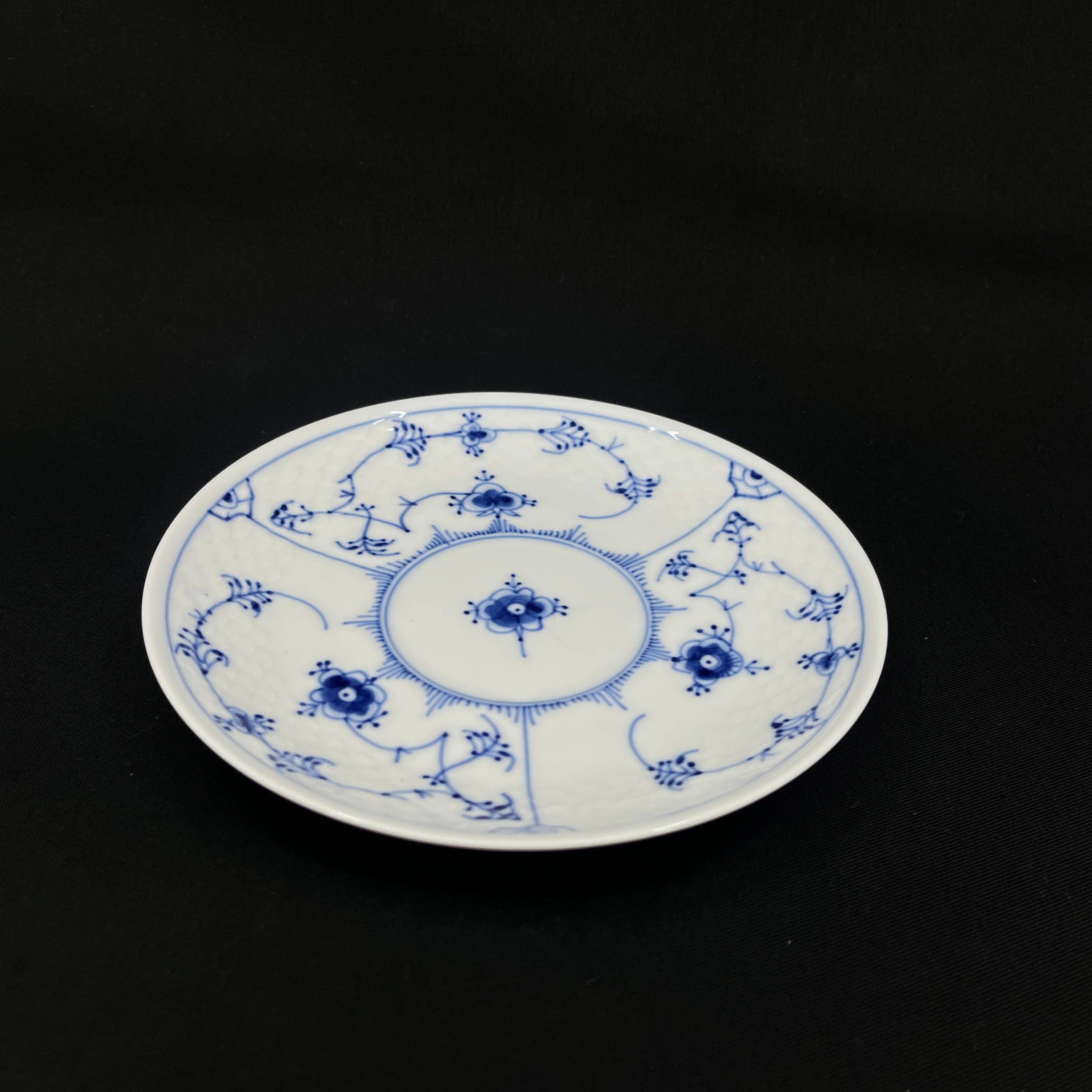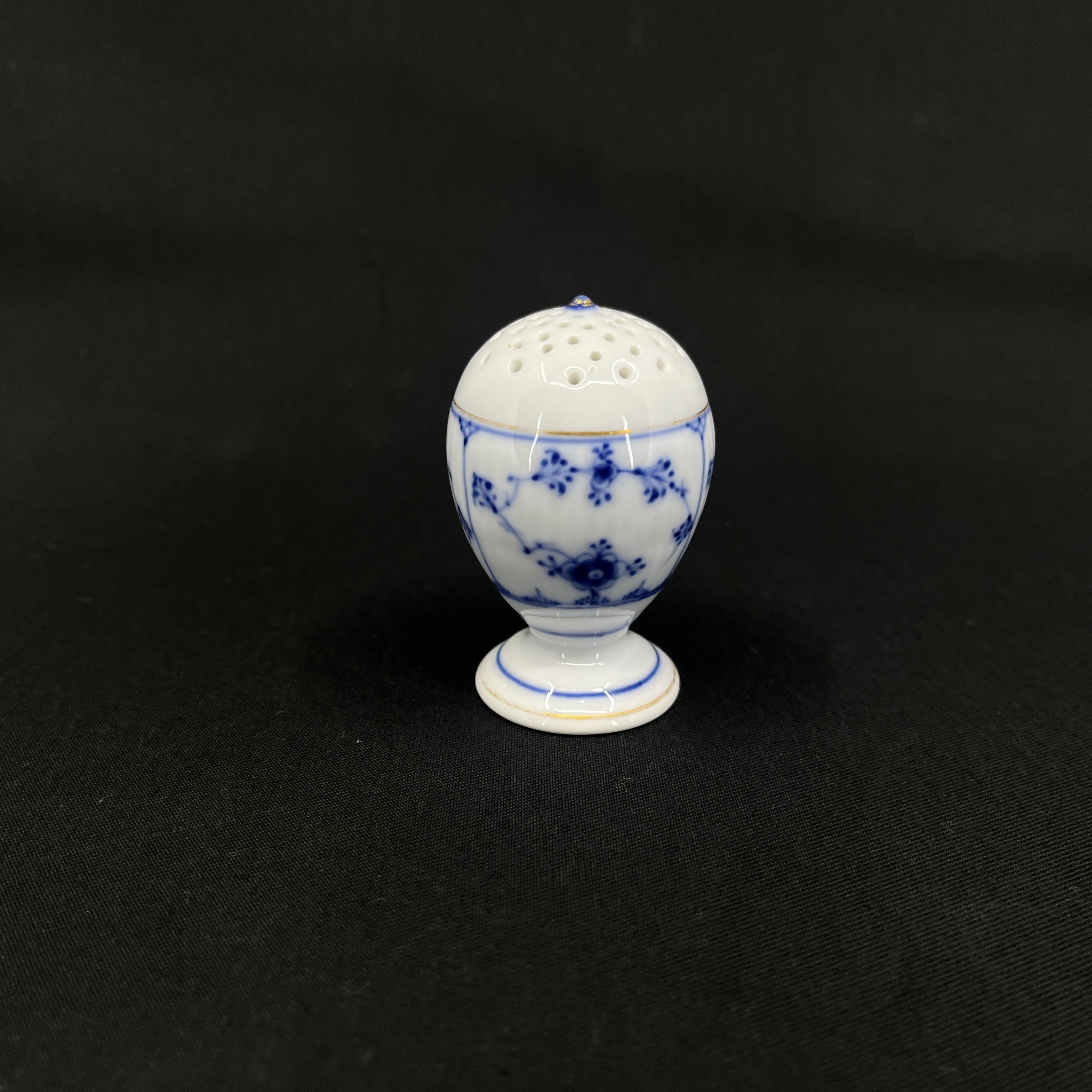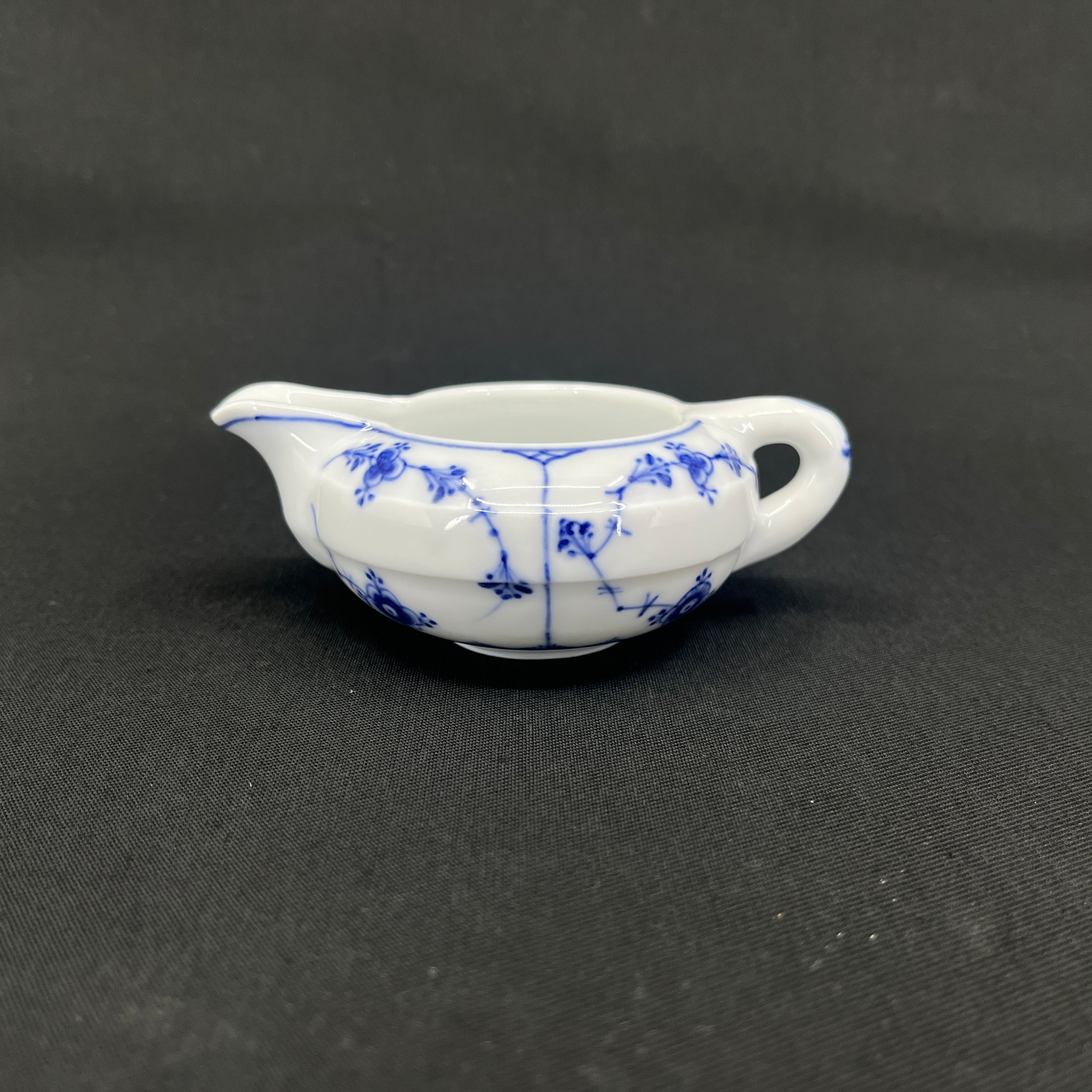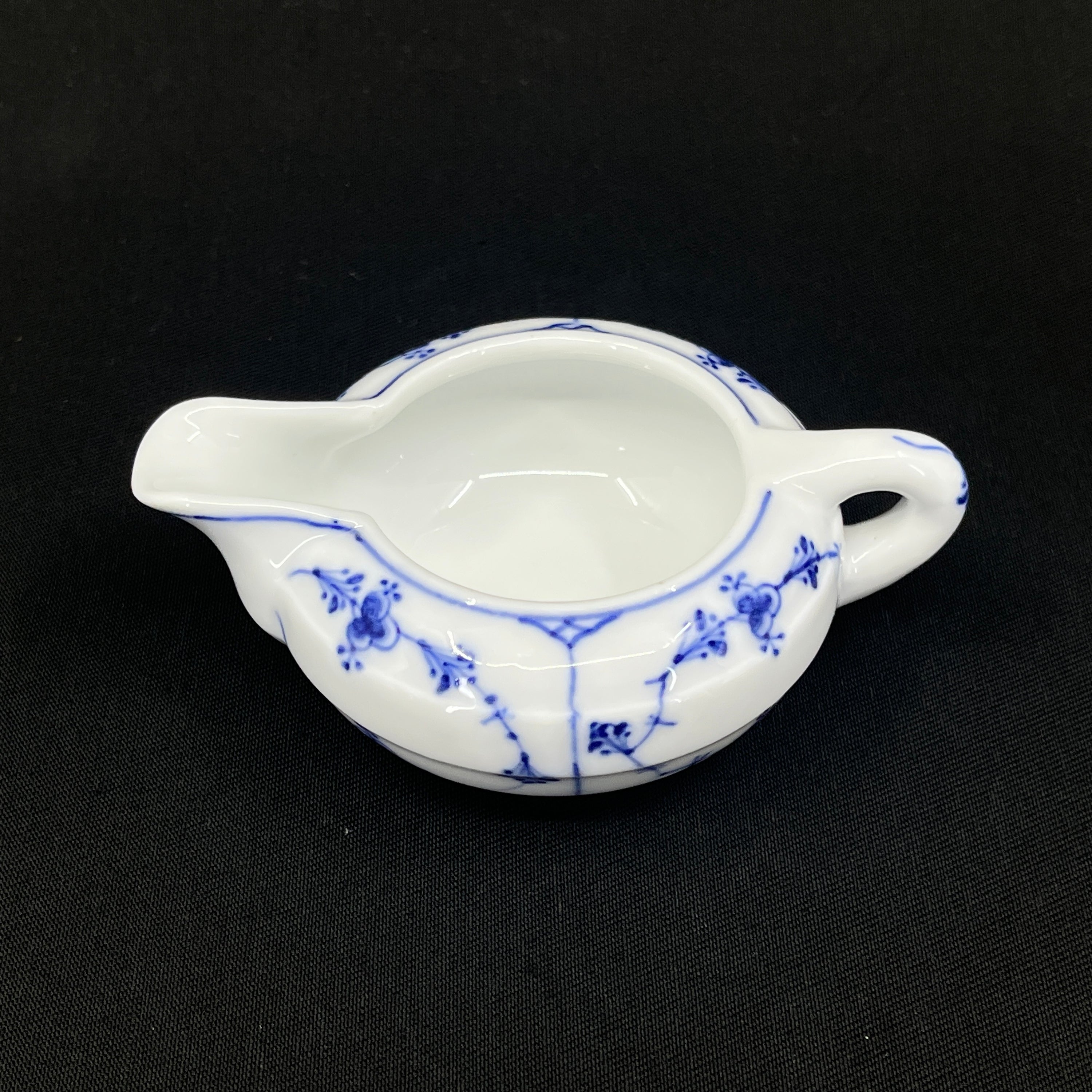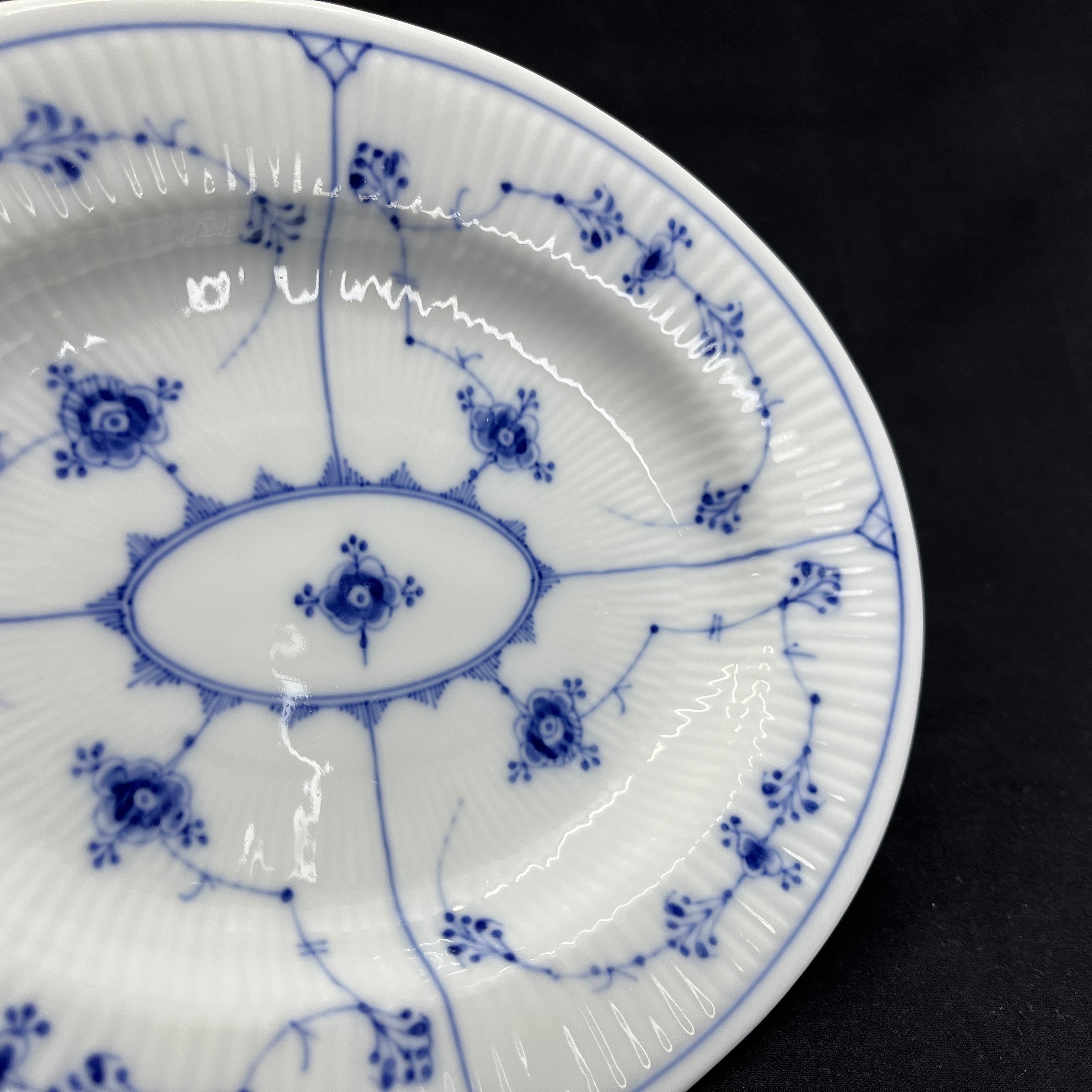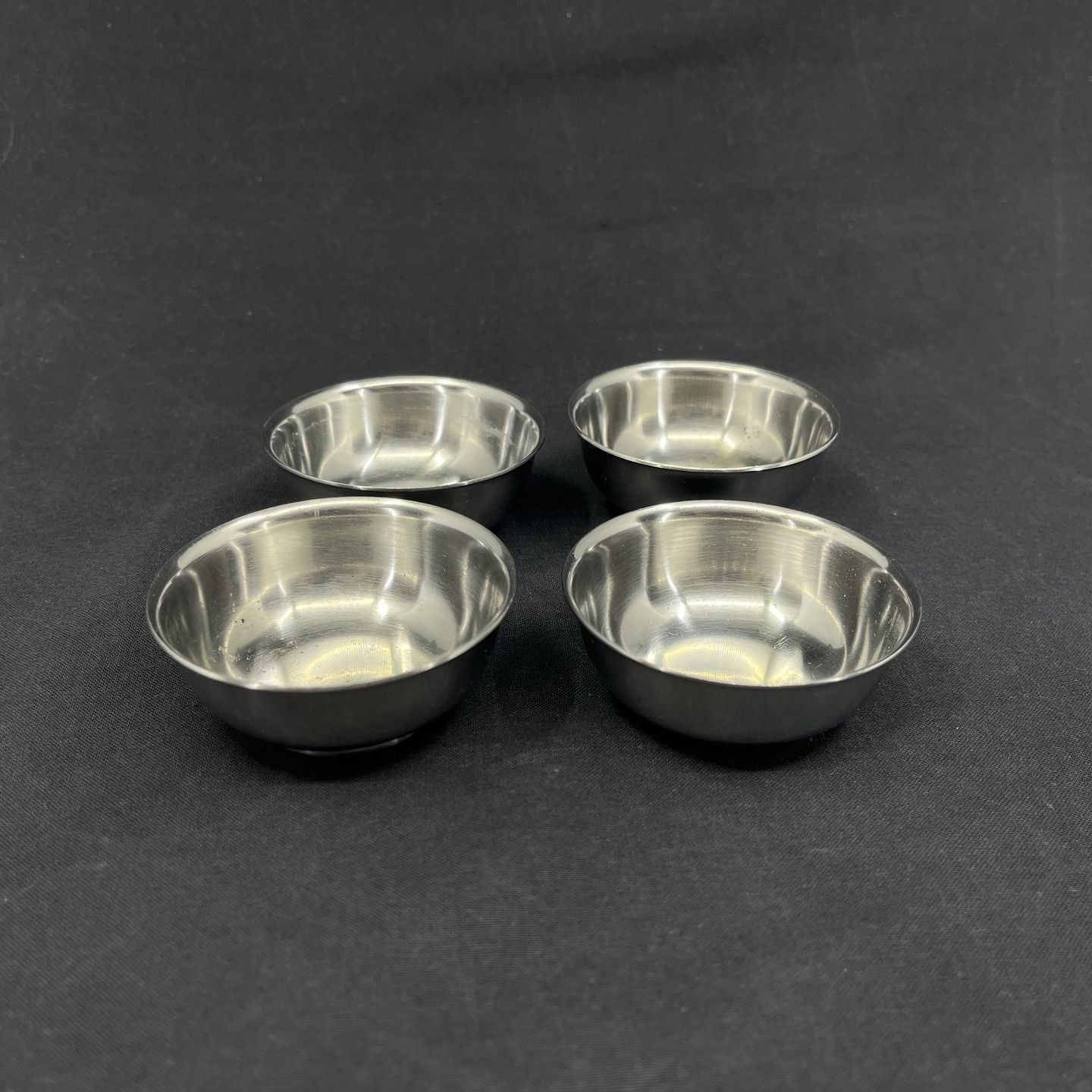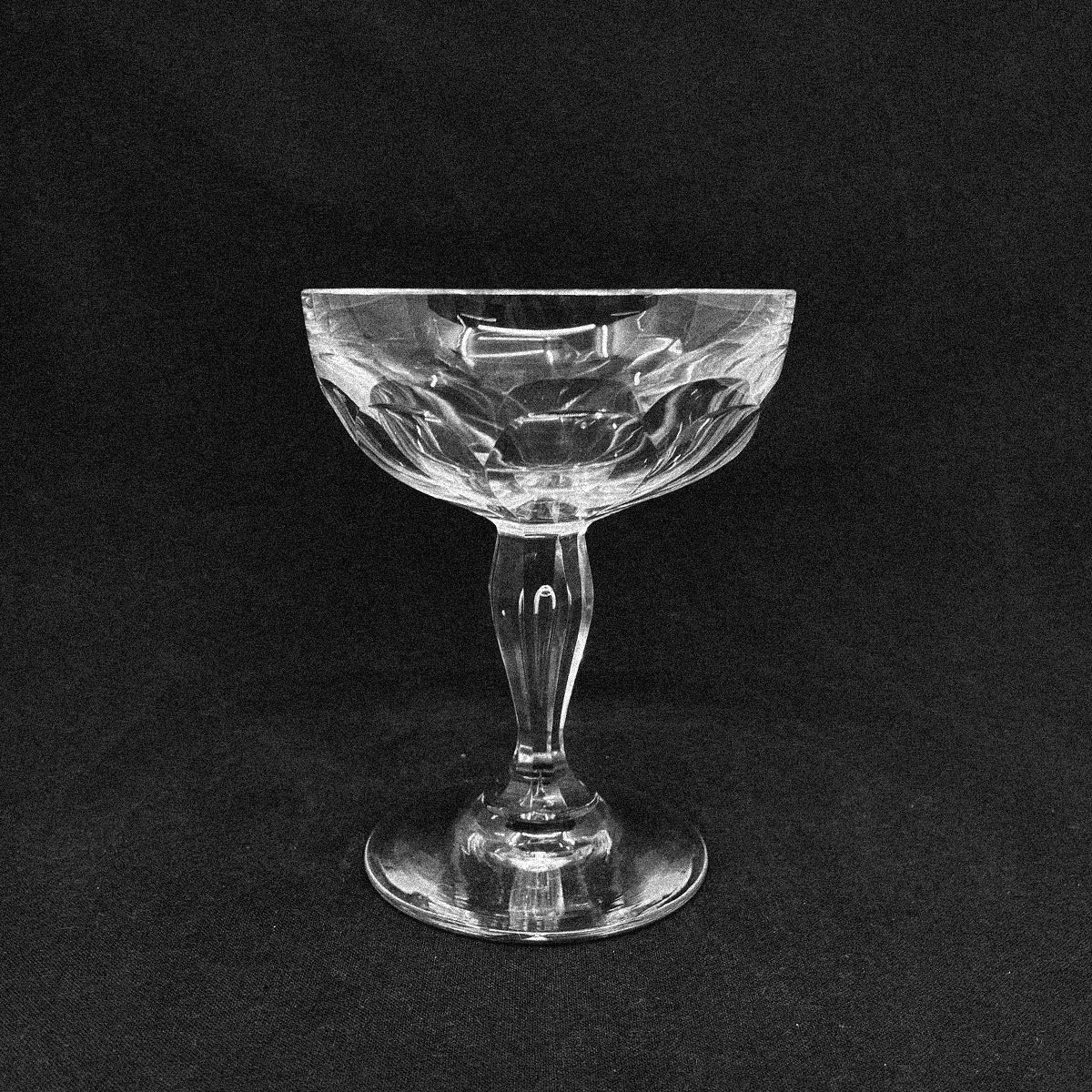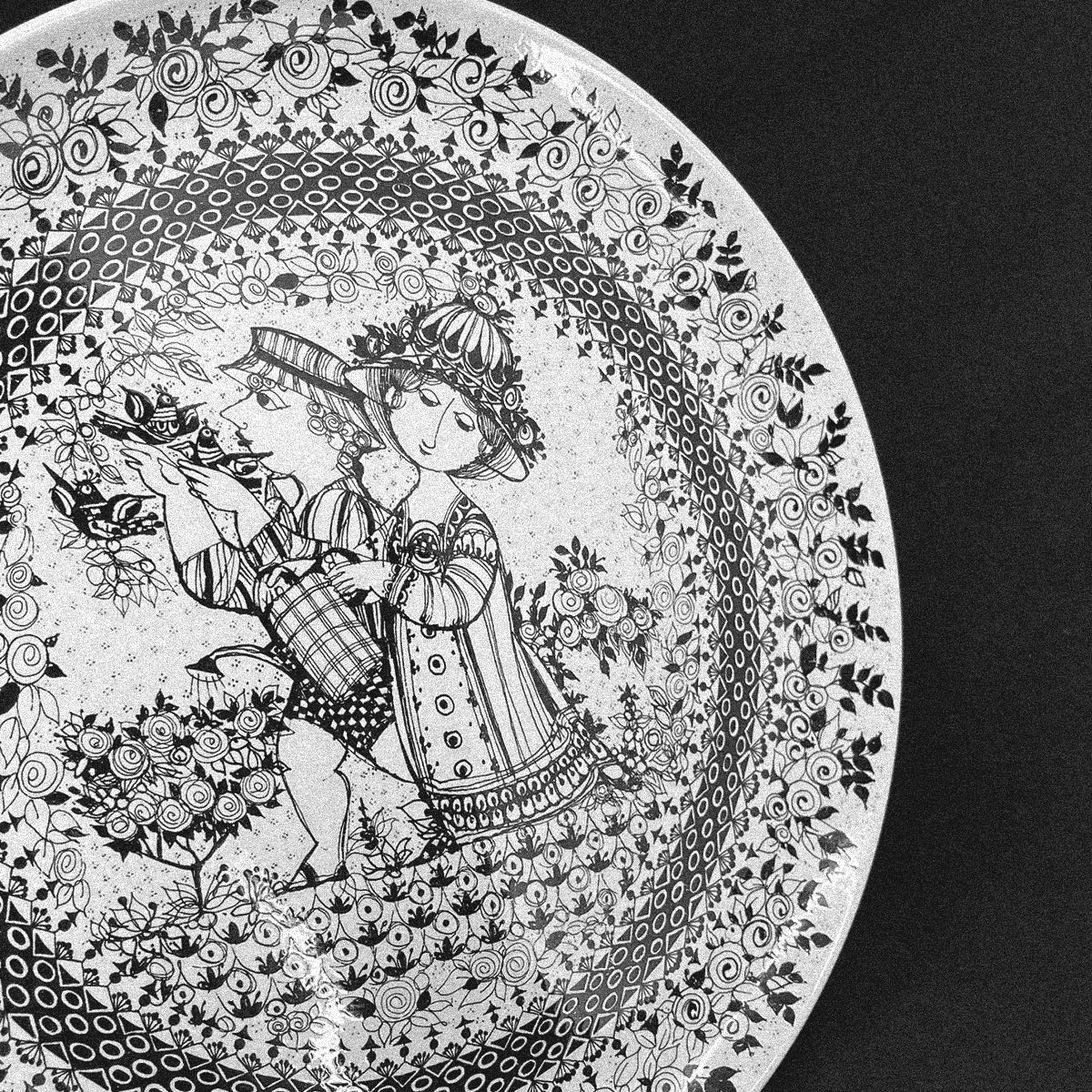Porcelain has, like antique glass, for centuries been a permanent part of the Danish home decor – both as a practical object and as an expression of the aesthetics of changing times. At Harsted Antik you will find porcelain from a wide range of prominent manufacturers, and each piece of porcelain has its own story. This story becomes most evident when you take a closer look at how the Danish porcelain tradition has developed over time.
The Danish tradition of porcelain
From the beautiful plates on the dinner table to the delicate figurines in the display cabinet, porcelain has had a very special place in Danish homes for generations. For many of us, porcelain evokes memories, but porcelain also plays an important role in Danish design and cultural heritage. This heritage has its roots in some of Denmark's most traditional factories.
Royal Copenhagen
Royal Copenhagen was founded in 1775 under the name Den Kongelige Porcelainsfabrik. The naming was due to the granting of a royal privilege by Queen Juliane Marie, and the factory early became known for its blue-painted porcelain, mainly including the iconic Blue Fluted Pattern. Since the 18th century, Royal Copenhagen has been a leader in Danish design history, and today the factory is a symbol of both quality and tradition – recognized in Denmark as well as the rest of the world for its hand-painted decorations and classic design language.
Bing & Grondahl
Both Bing & Grøndahl and Aluminia have merged with Royal Copenhagen since the factories were founded in 1853 and 1863, respectively. At the time of Bing & Grøndahl's founding, this factory was particularly known for its figures, reliefs and the popular Seagull tableware, which was launched in 1895. Bing & Grøndahl also enjoyed great export success with their Christmas plates, which found their way to private homes in both the rest of Europe and the USA.
Aluminum
Aluminia was originally established in 1863 as an earthenware factory, and when Aluminia became the owner of the Royal Porcelain Factory in 1882, the two brands were continued in parallel. Production under the Aluminia name ceased in 1969, but many of Aluminia's tableware – characterised by its distinctively colourful decorations – continue to enjoy great success among porcelain craft enthusiasts.
Factories such as Royal Copenhagen, Bing & Grøndahl and Aluminia have not only set a standard for quality. They have both shaped and reflected the tastes of the time, and the factories' productions clearly testify to how the Danish porcelain tradition has developed in step with different aesthetic trends and changing ideals.
The period decorations
Porcelain has always had a meaning that goes beyond the functional. And a large part of the decorations we associate with Danish porcelain today originate from styles that have also influenced art, architecture, fashion and wider home decor over time.
Denmark's porcelain art takes shape
Historically, Danish porcelain art has drawn on European models from France and Germany in particular, where large porcelain factories such as Sèvres and Meissen set the standard for quality and decoration in the 18th and 19th centuries. However, during both the 19th and 20th centuries, Danish manufacturers developed an independent, Nordic style, characterised by a combination of functionality, simplicity and attention to detail. Royal Copenhagen's blue-fluted pattern, first introduced when it was founded in 1775, was inspired by Chinese porcelain but worked with a distinct lightness in both colour and form. The floral motif became a recurring feature in many different sets in the 19th century, where nature was widely regarded as an ideal of both order and beauty.
Danish porcelain in the 20th and 21st centuries
The first decades of the 20th century saw the emergence of styles such as Art Nouveau and Art Deco, where geometric shapes and stylized decorations dominated the artistic expressions. Later, the 1950s, 60s and 70s led to a preoccupation with earthy colors, rustic expressions and a more everyday-oriented design language.
Since the 1970s, Danish porcelain craftsmanship has moved in several different directions, including modernist expressions, asymmetrical shapes and a growing interest in the handmade. Royal Copenhagen and other porcelain factories have also reissued classic tableware in new versions since the 1990s. Many of the most popular tableware can be found regularly at Harsted Antik, and our varied assortment gives you ample opportunity to combine different expressions and find plenty of inspiration for setting the dinner table.
Inspiration for table setting
Although many people associate antique china with holidays and other special occasions, you don't have to hide your own sets away in a display cabinet. On the contrary, you can use antique china to add aesthetics, character and warmth to any table setting year-round. You'll likely experience a special joy when you eat your breakfast, lunch or dinner from a beautiful piece of china – no matter what's on the menu.
Antique porcelain doesn't necessarily have to match to create coherence in your table setting. It is often precisely in the meeting of different styles that the table gains personality and charm. If you want a classic and streamlined look, you can also cleverly cover the entire table with, for example, blue-fluted tableware, silver & silverplate. It's about finding an expression that suits you and the atmosphere you want when you sit down to the table with your loved ones. Most beautiful tableware can of course be used just as well in summer as in winter. But if you are looking to continuously renew the look of your table setting, you can consider letting the porcelain reflect the changing seasons – light blue floral decorations in spring, earth tones in autumn and gold edges during Christmas time.
When you use antique porcelain in your everyday life, the porcelain becomes part of your home's history. Many of the sets we sell at Harsted Antik have already survived for several generations, and it is therefore worth knowing how to evaluate and continue to care for them.
Porcelain assessment and care
When we evaluate antique porcelain, we look especially for year and markings, because factors such as these determine the value and rarity of the porcelain. Cracks, chips or restorations affect the price, and thus the condition of the porcelain is also crucial for the overall assessment.
If you want to enjoy your porcelain for many years to come, you can benefit from following this advice:
• Wash the china by hand with mild soap rather than putting it in your dishwasher.
• Be careful with gold edges and hand-painted details, which can easily wear off with rough washing.
• Avoid thermal shock by always letting the porcelain cool down slowly after washing it.
• Store things like cups, jugs and tureens fairly separate in your cabinets to avoid scratches
Do you need help finding the right porcelain set? We are happy to advise you – in the store, by phone or via email here.
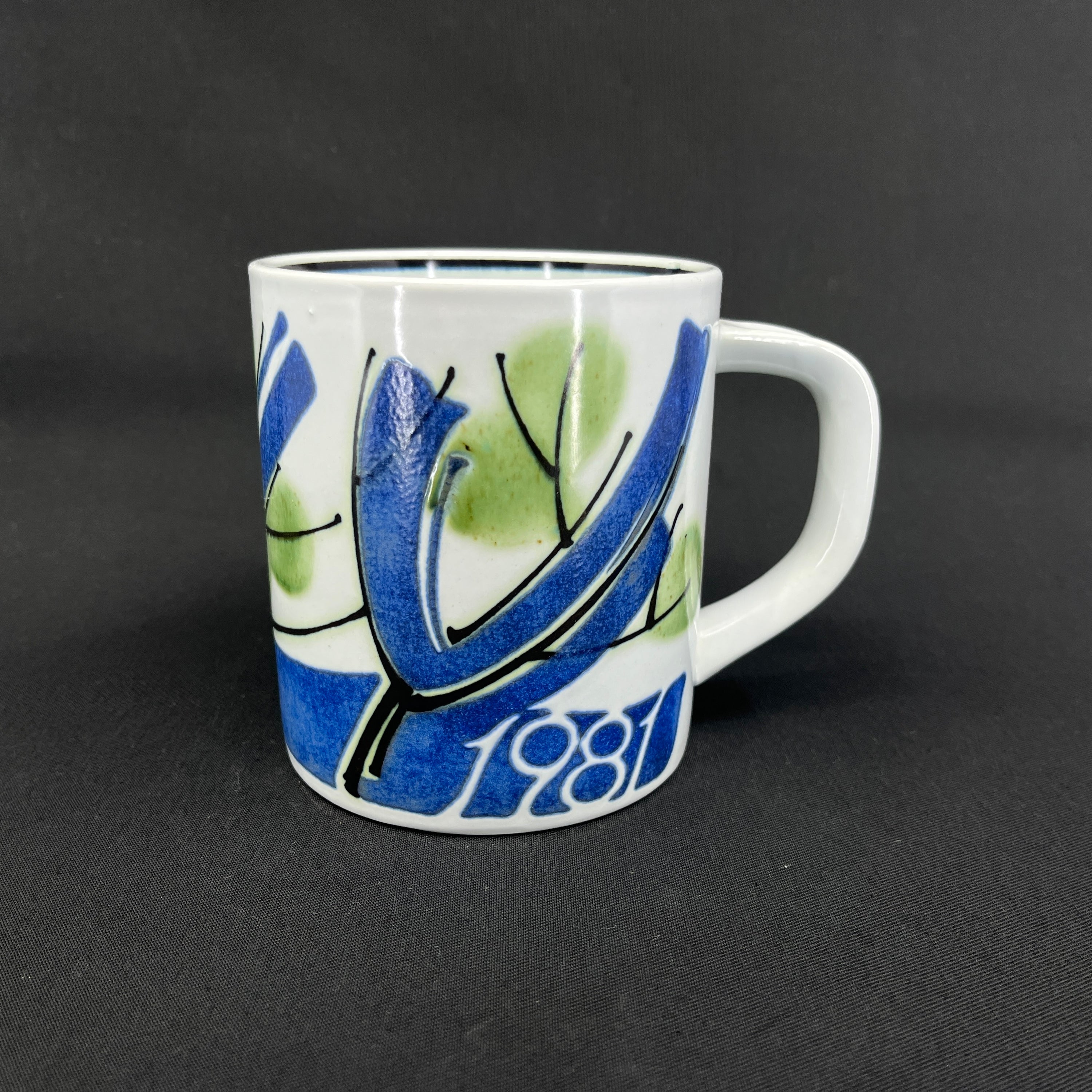
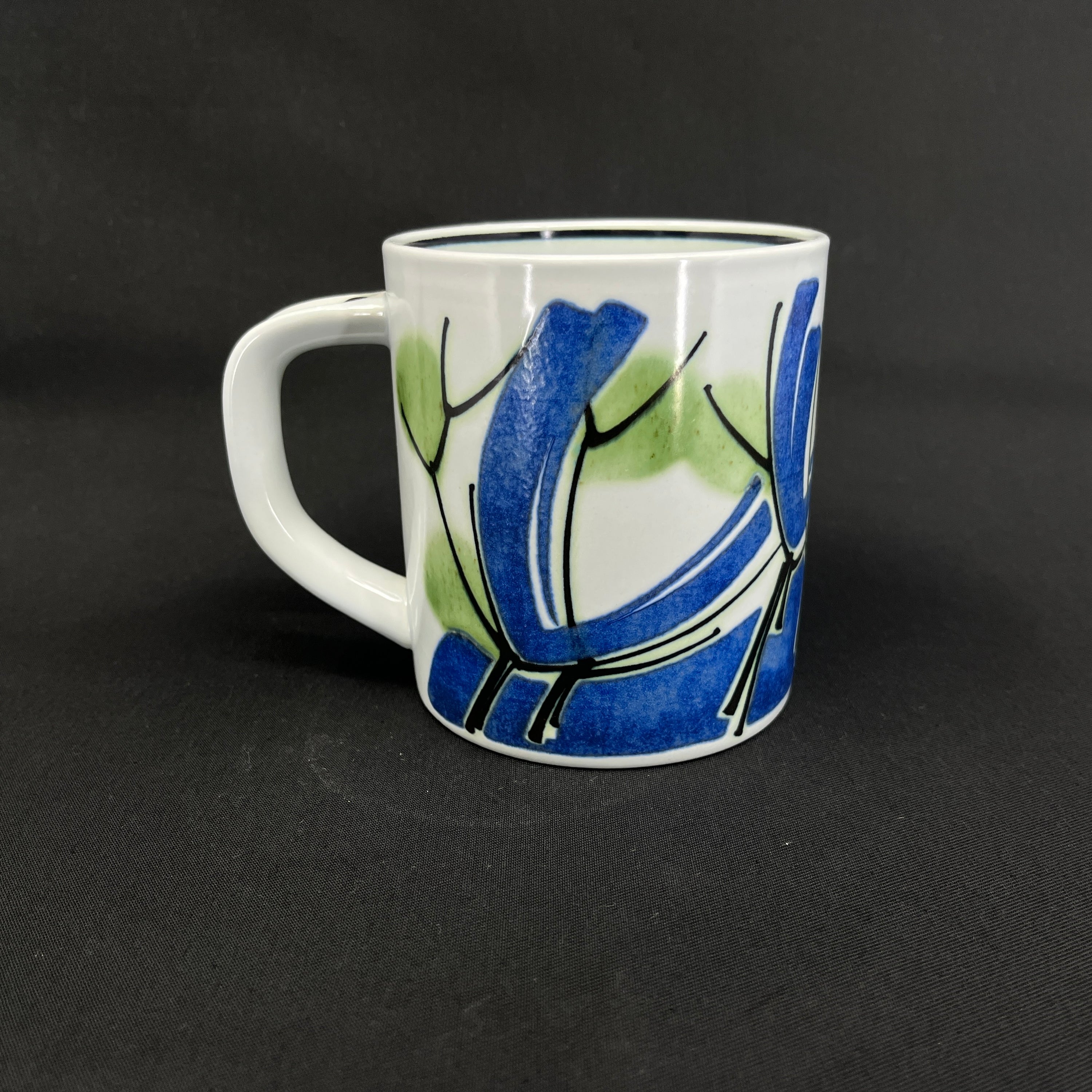 250,00 kr
250,00 kr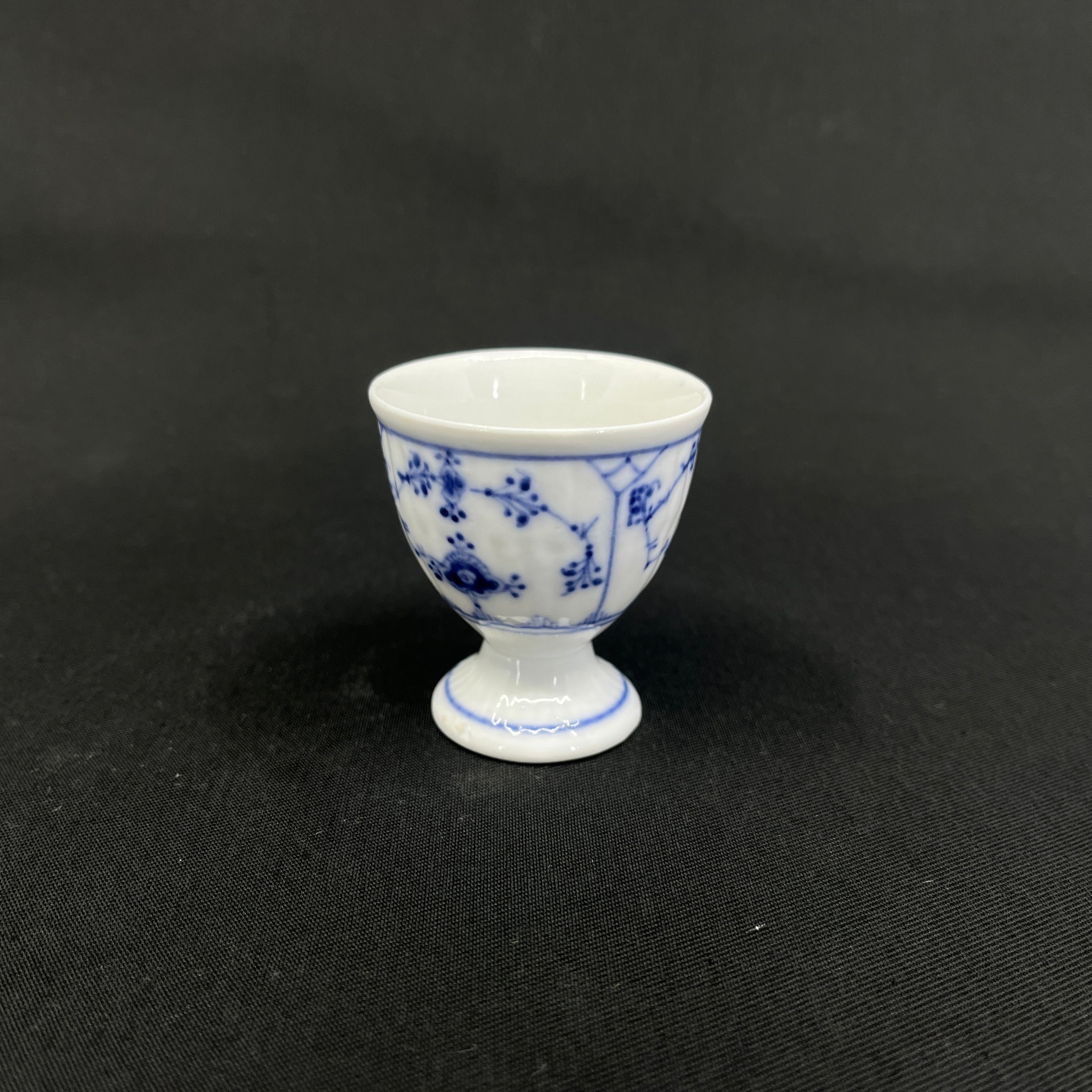
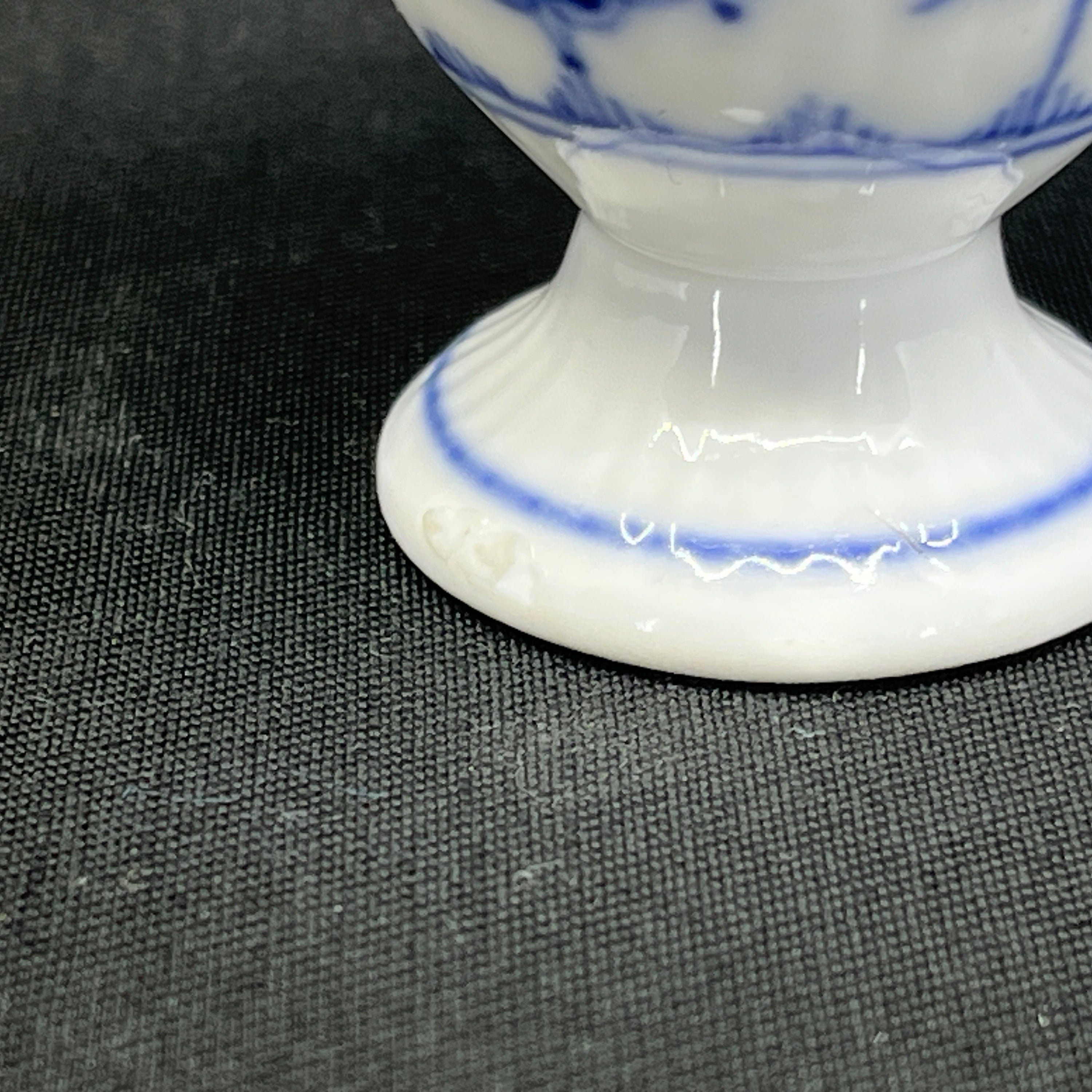

 3.900,00 kr
3.900,00 kr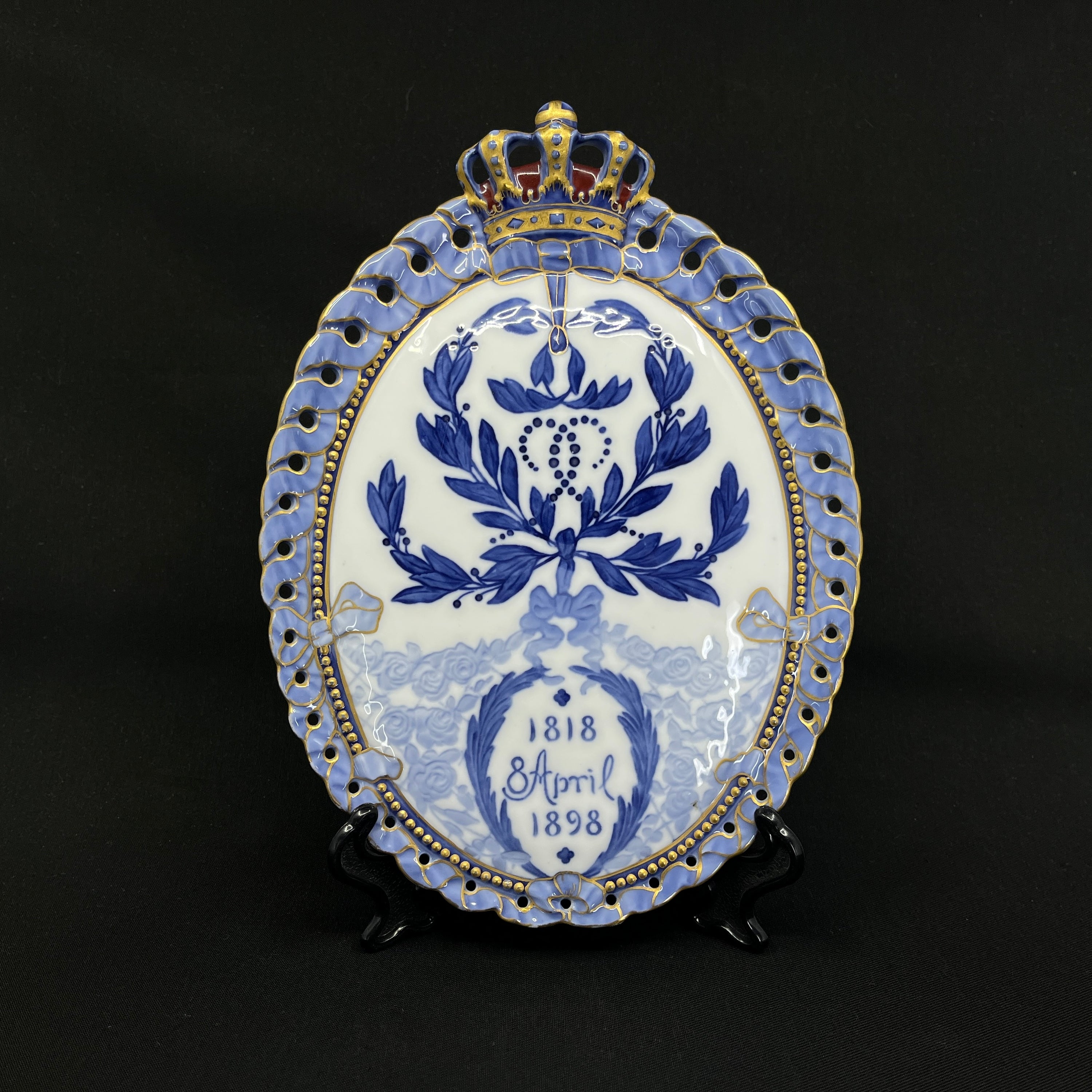
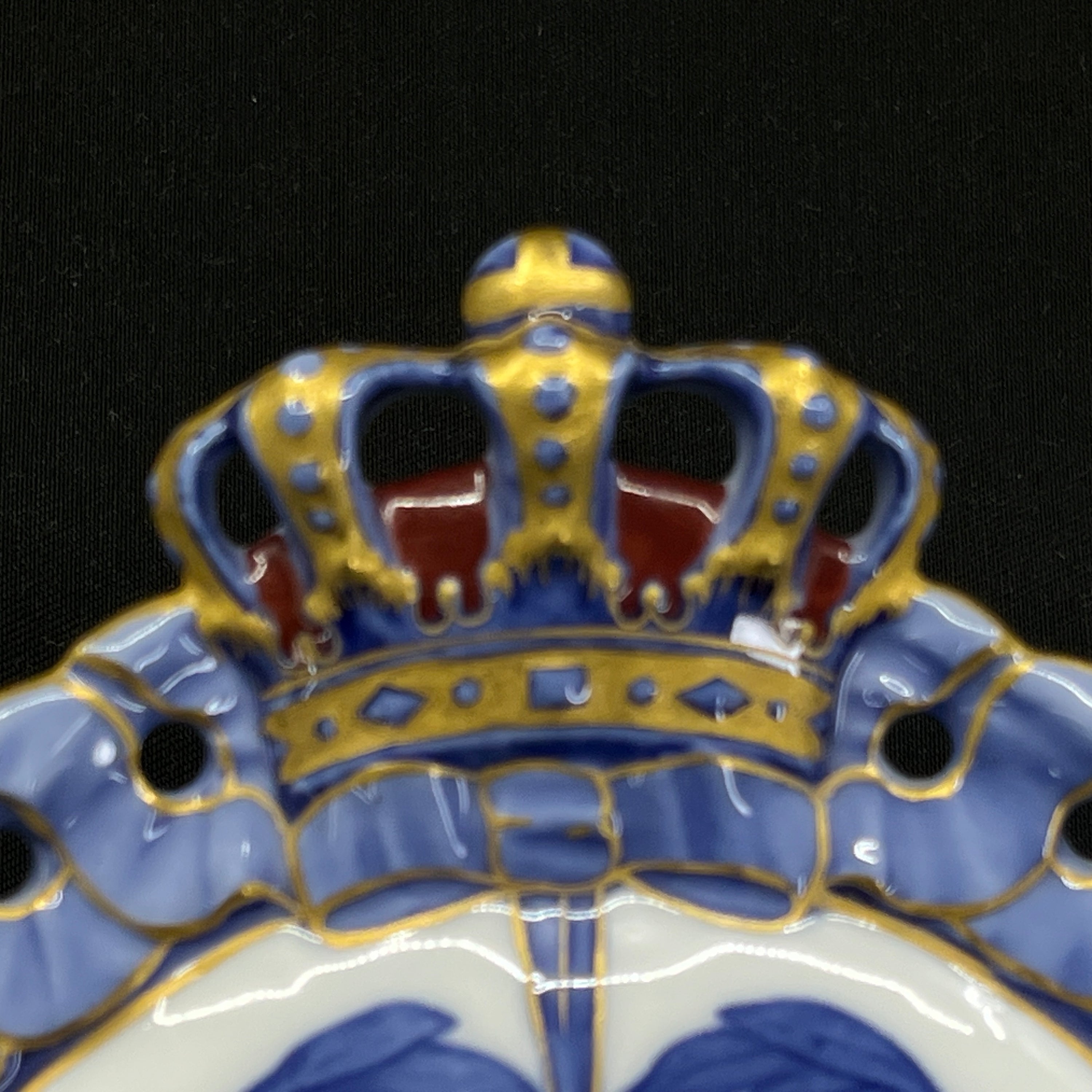 7.000,00 kr
7.000,00 kr
 800,00 kr
800,00 kr
 1.200,00 kr
1.200,00 kr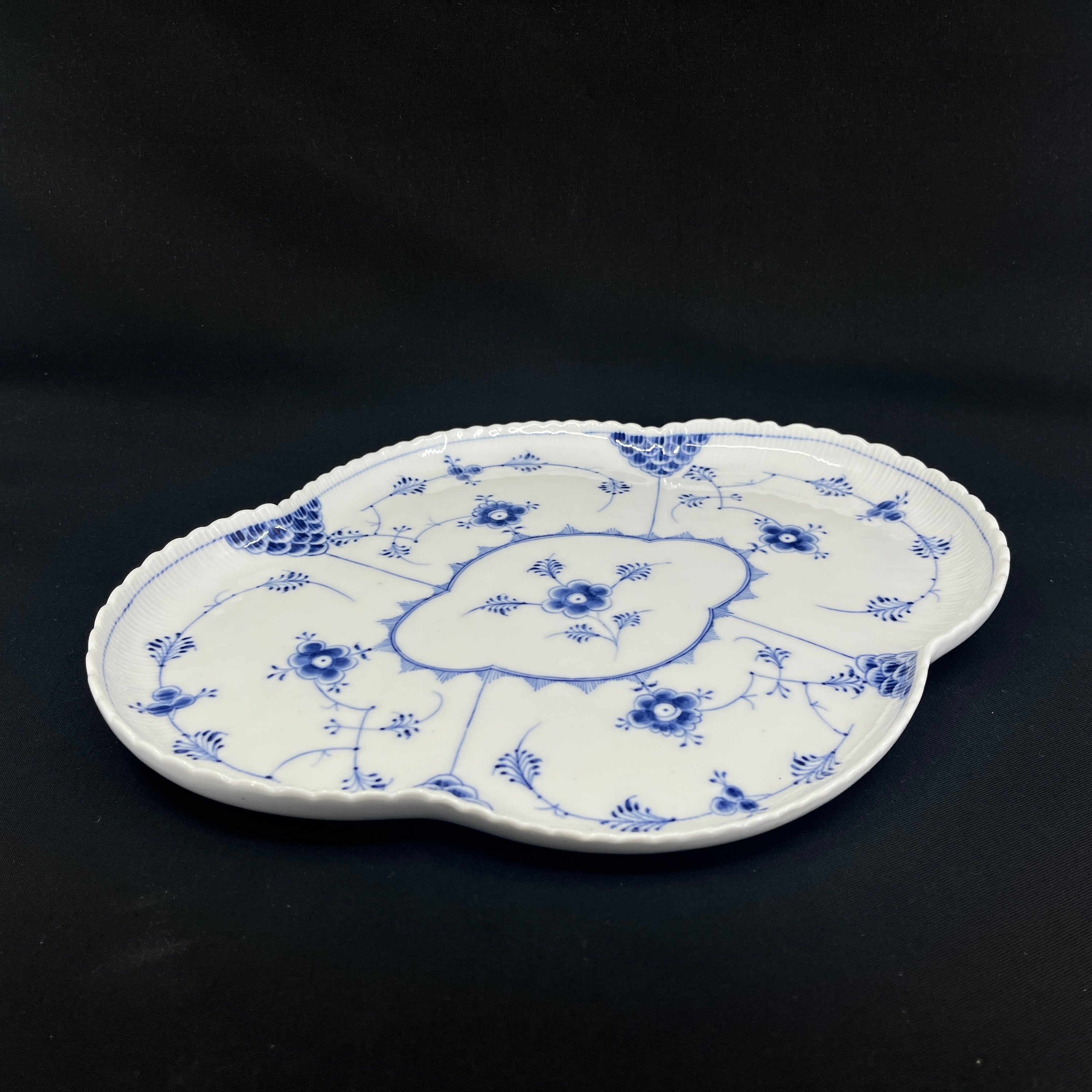
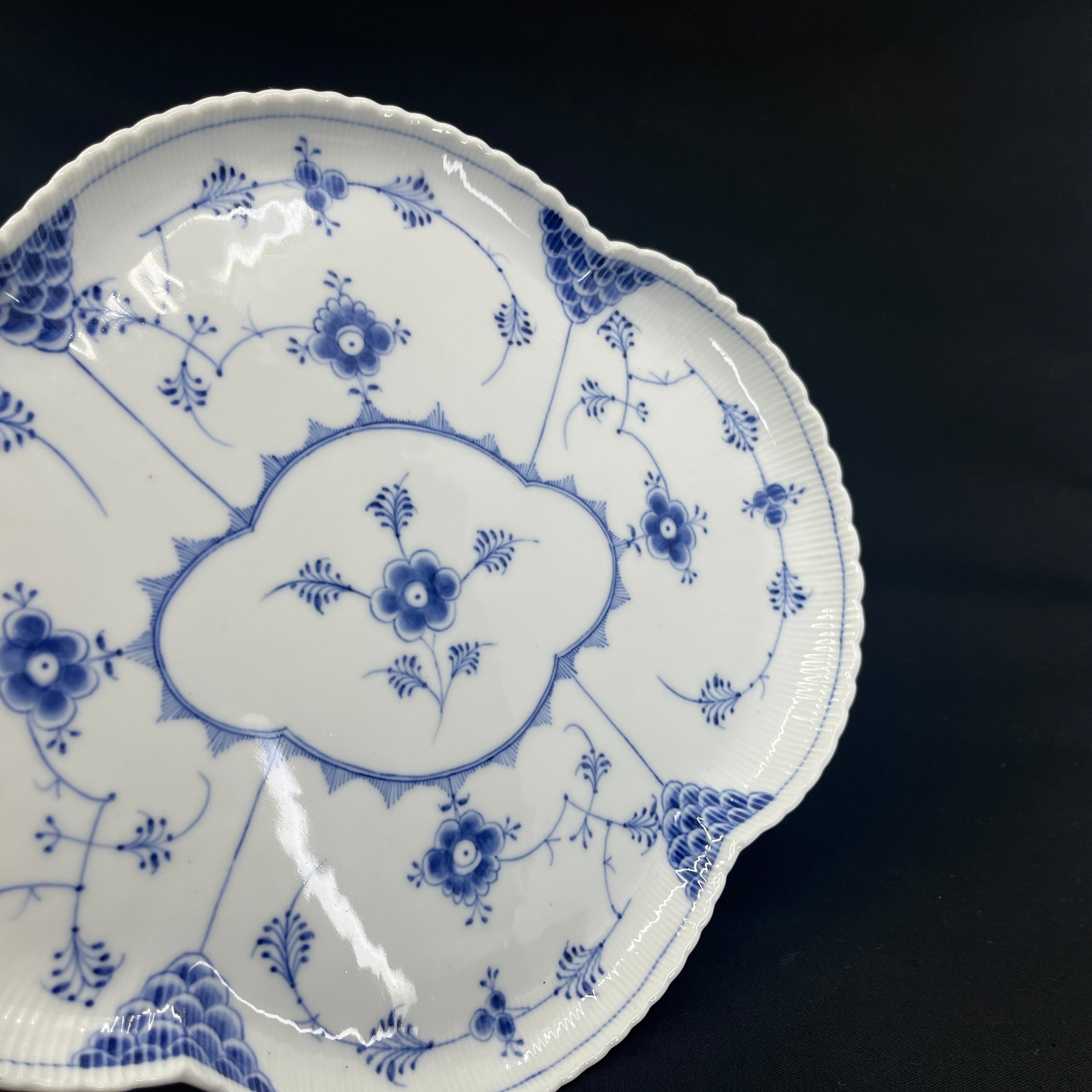 8.500,00 kr
8.500,00 kr
 2.900,00 kr
2.900,00 kr
 1.200,00 kr
1.200,00 kr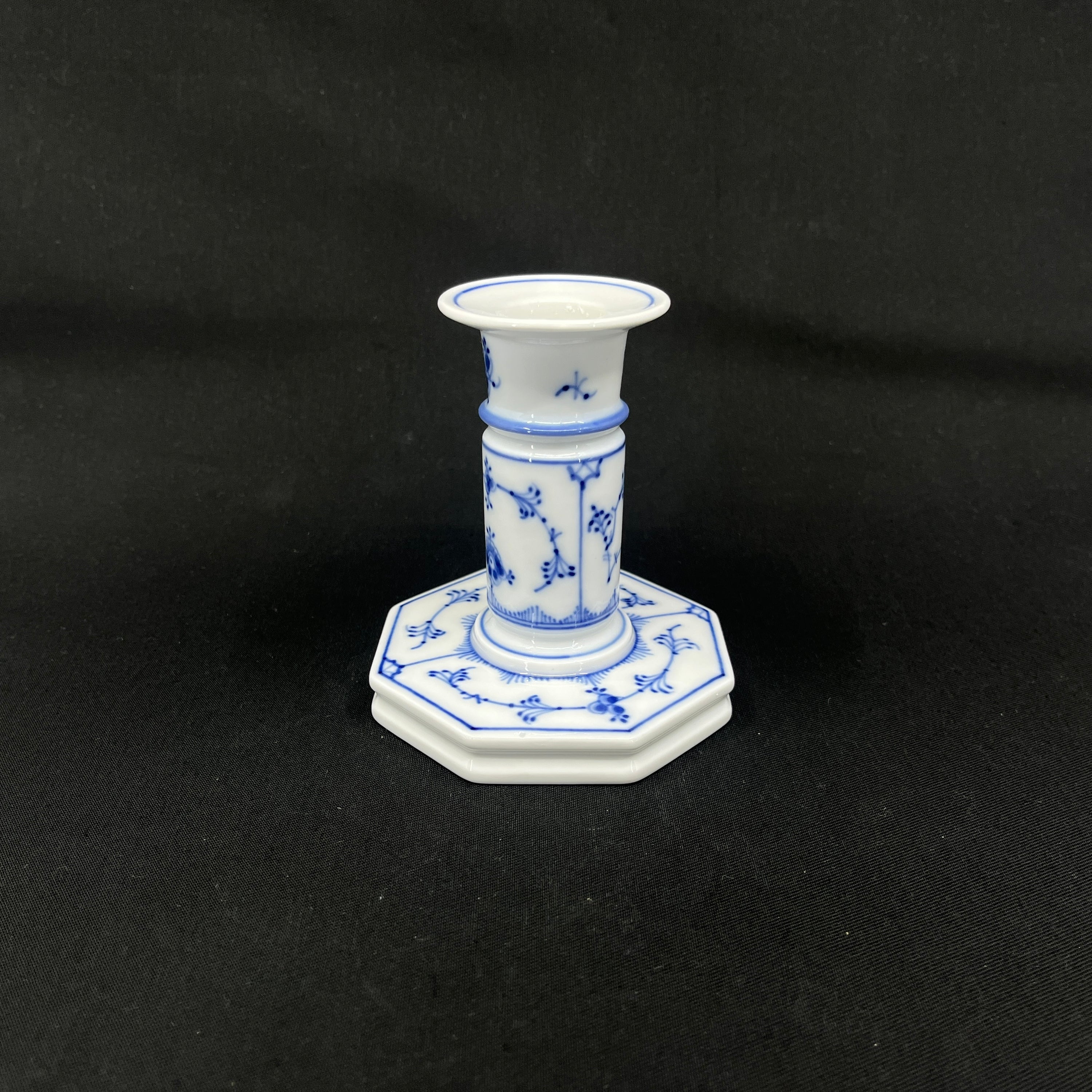
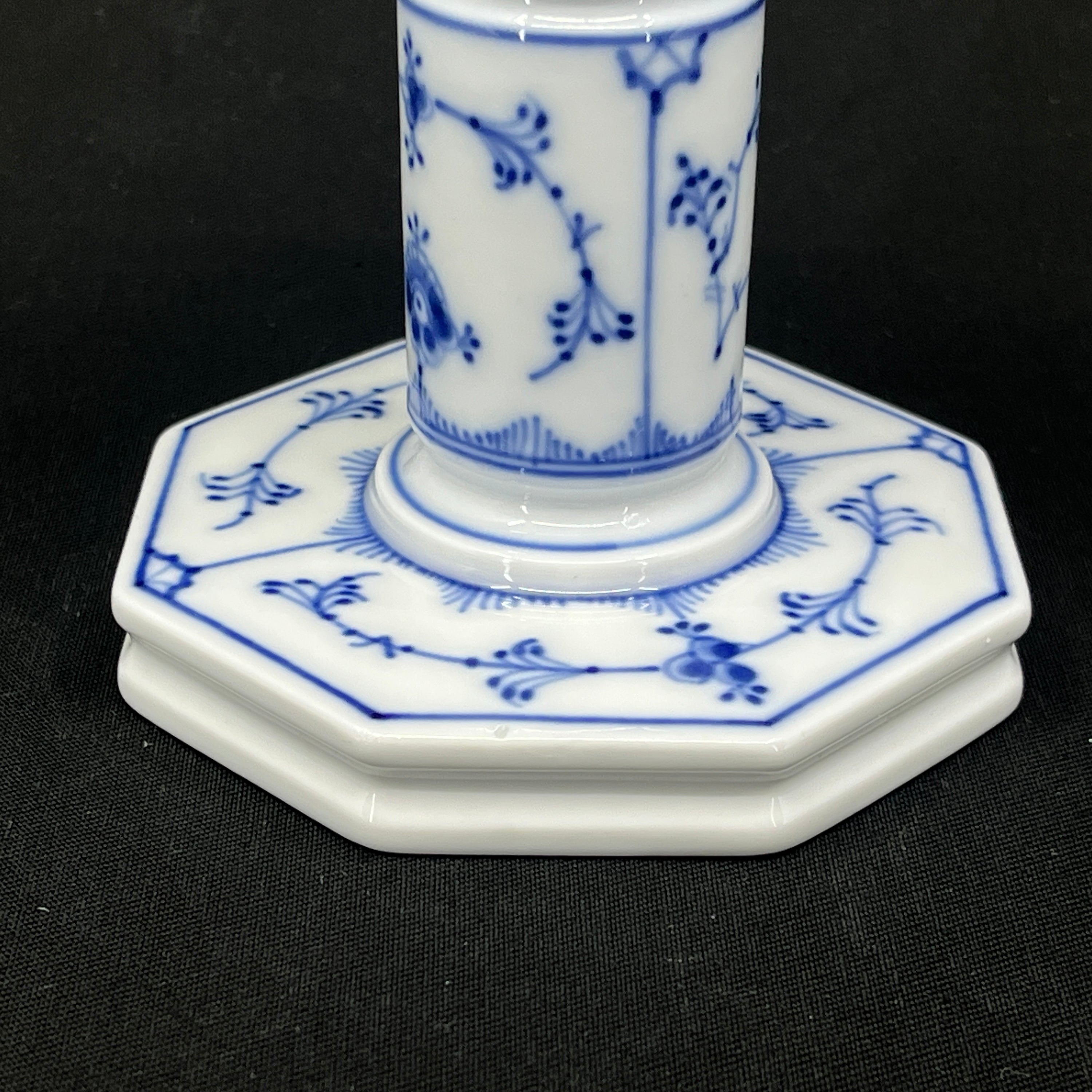 950,00 kr
950,00 kr
 1.000,00 kr
1.000,00 kr


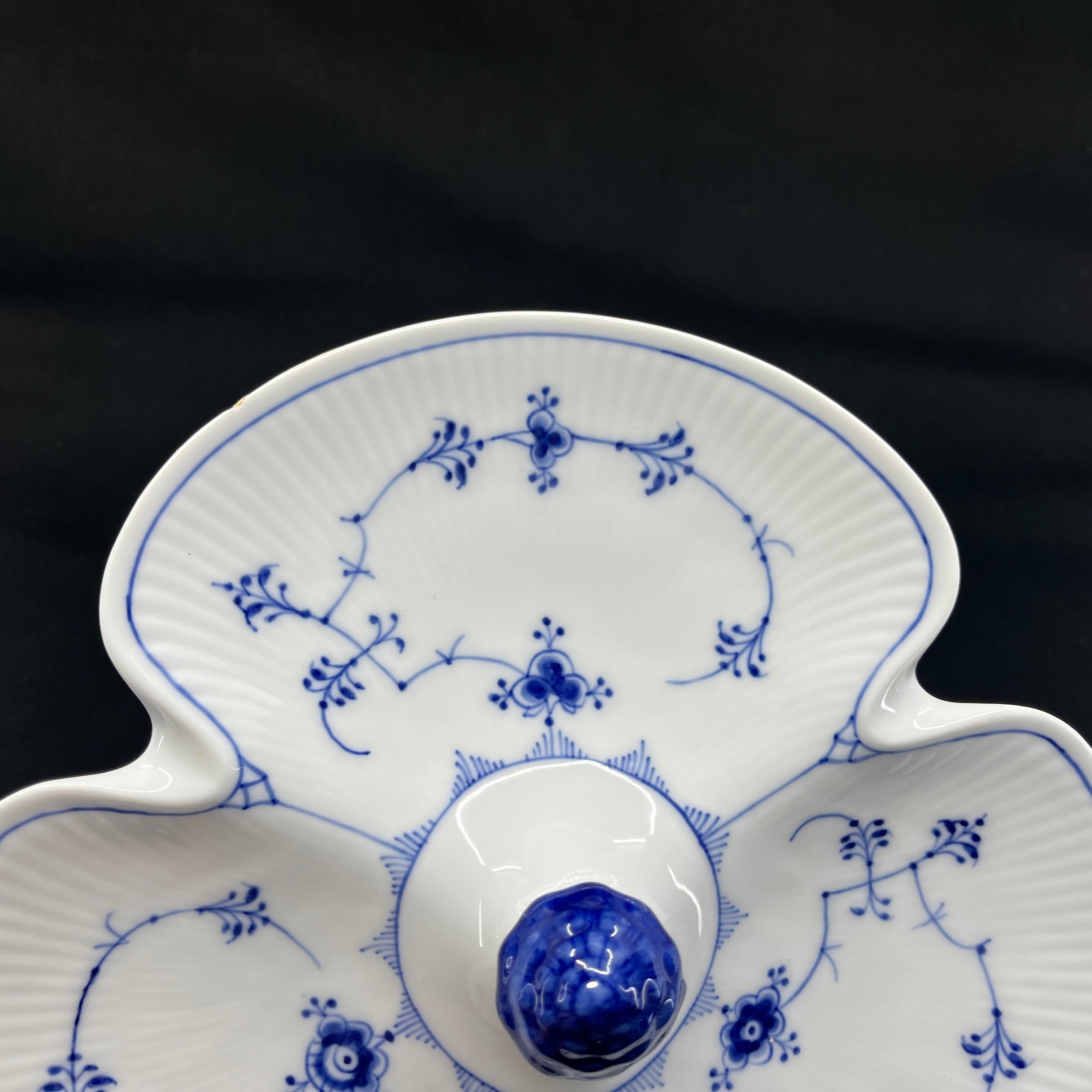 3.000,00 kr
3.000,00 kr
 900,00 kr
900,00 kr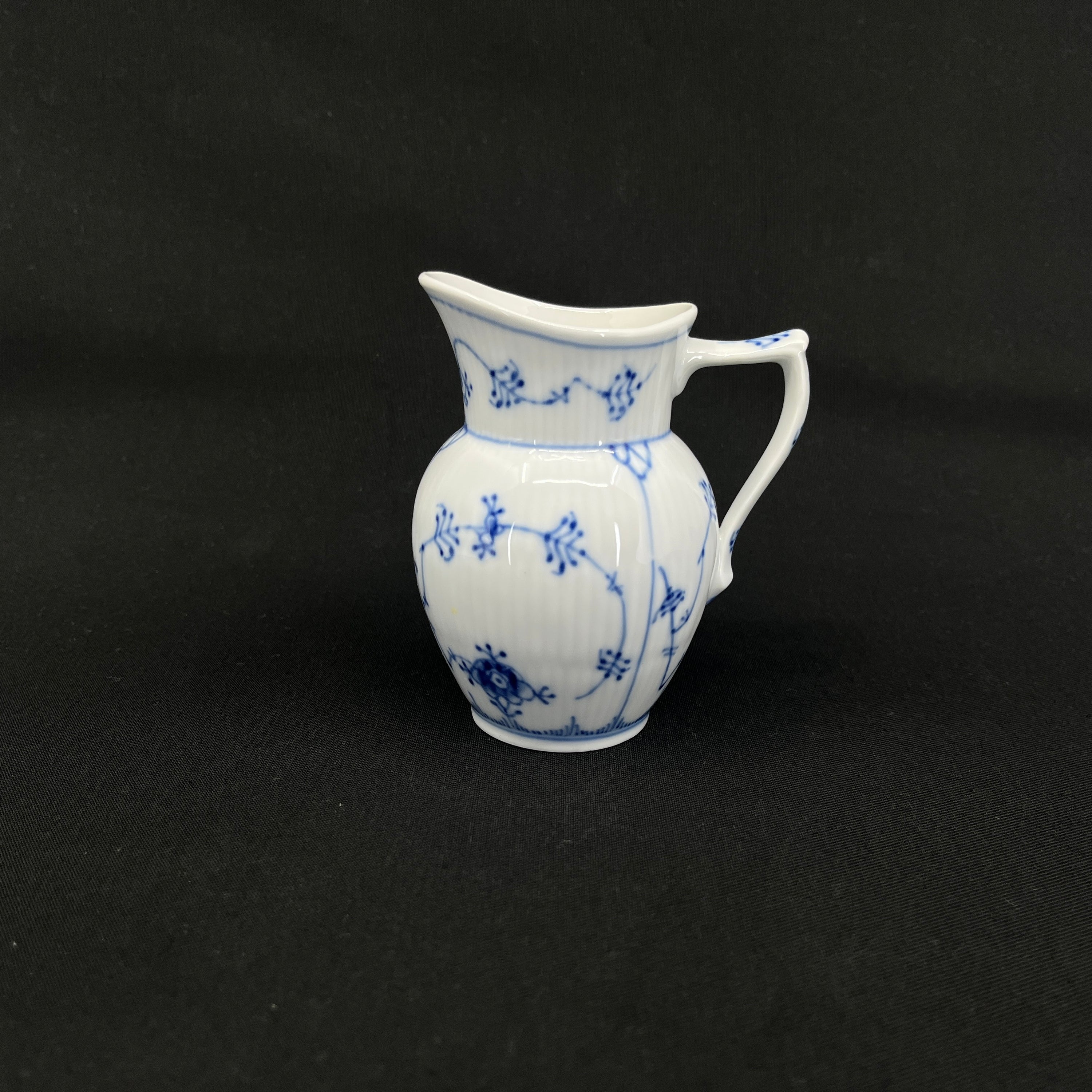
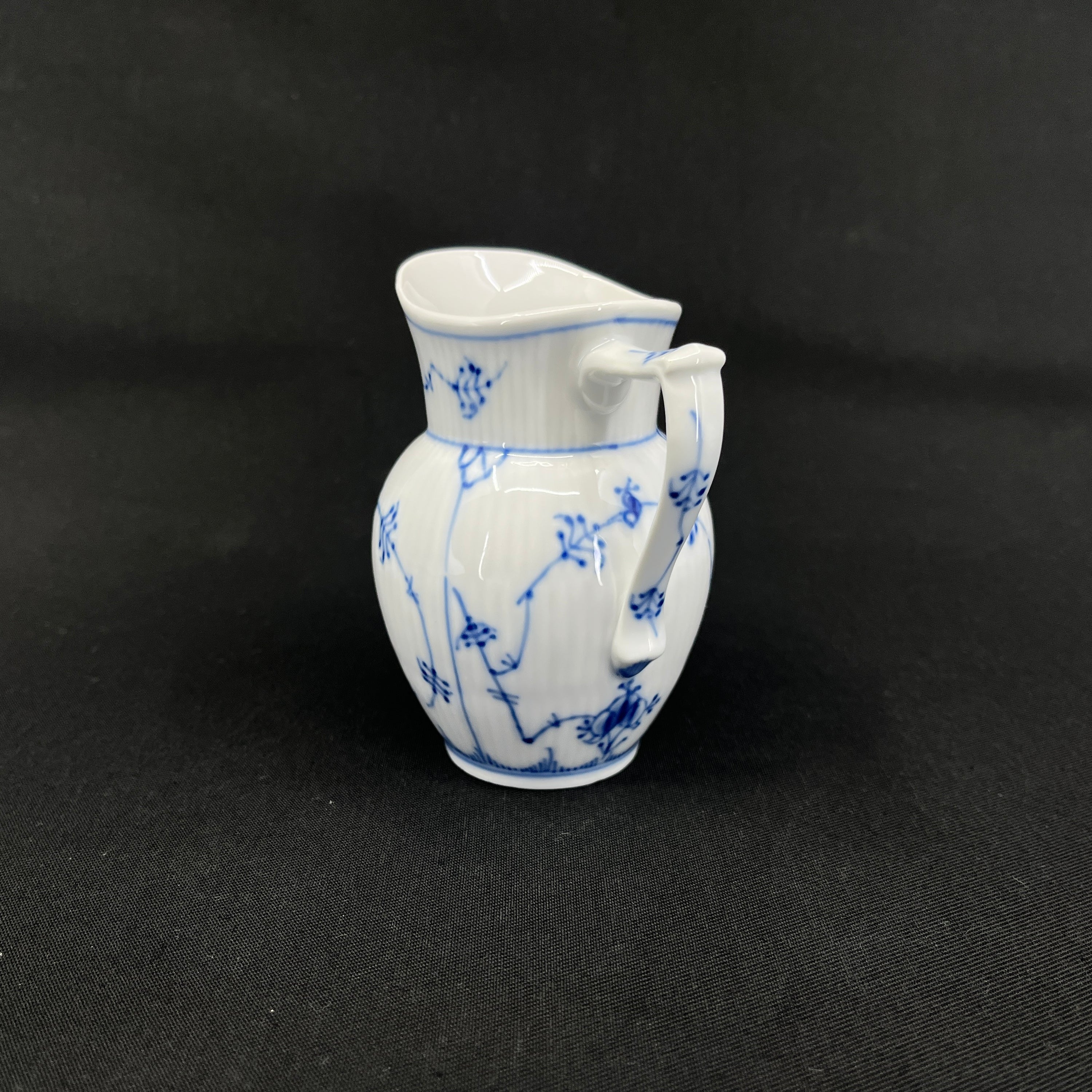 650,00 kr
650,00 kr

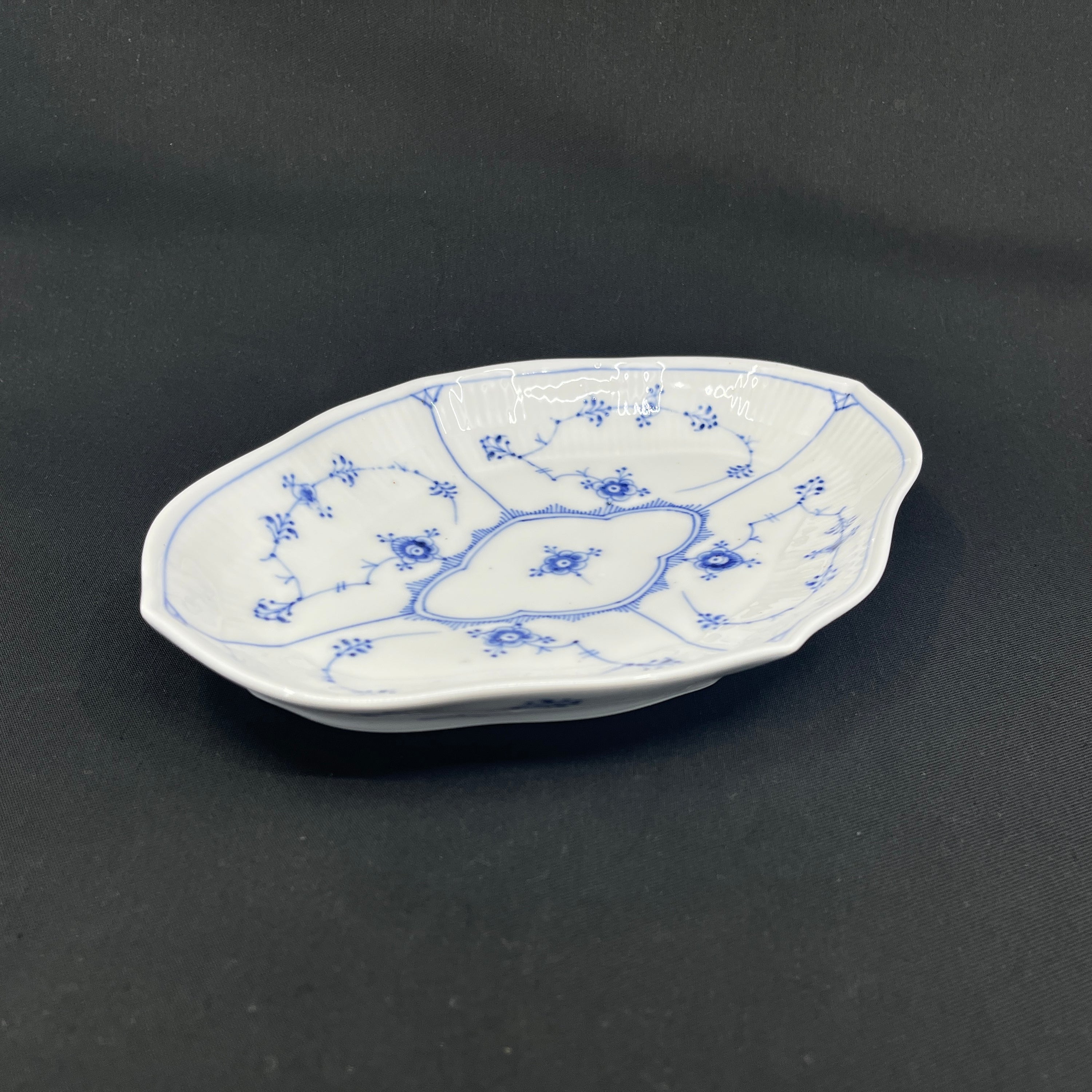
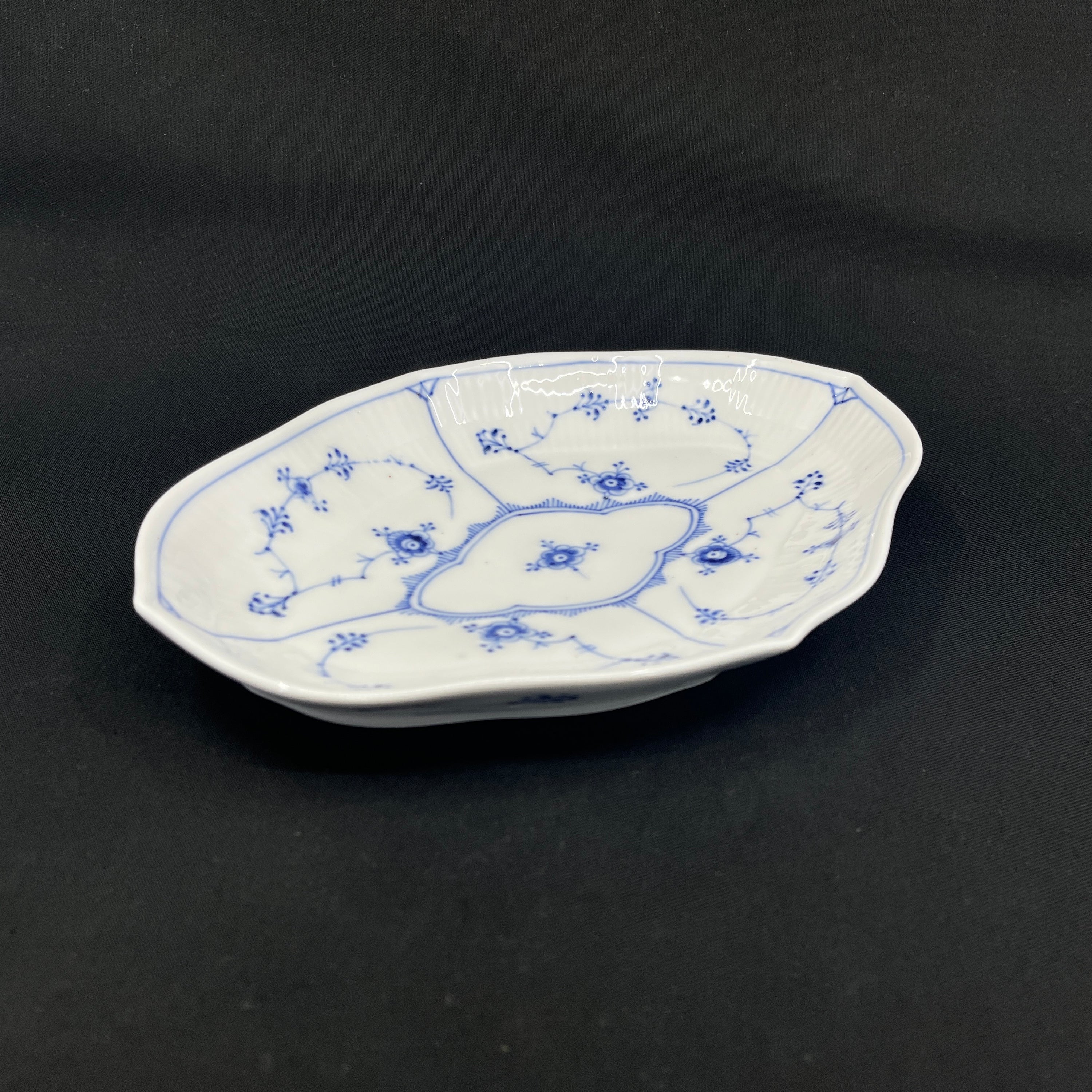 500,00 kr
500,00 kr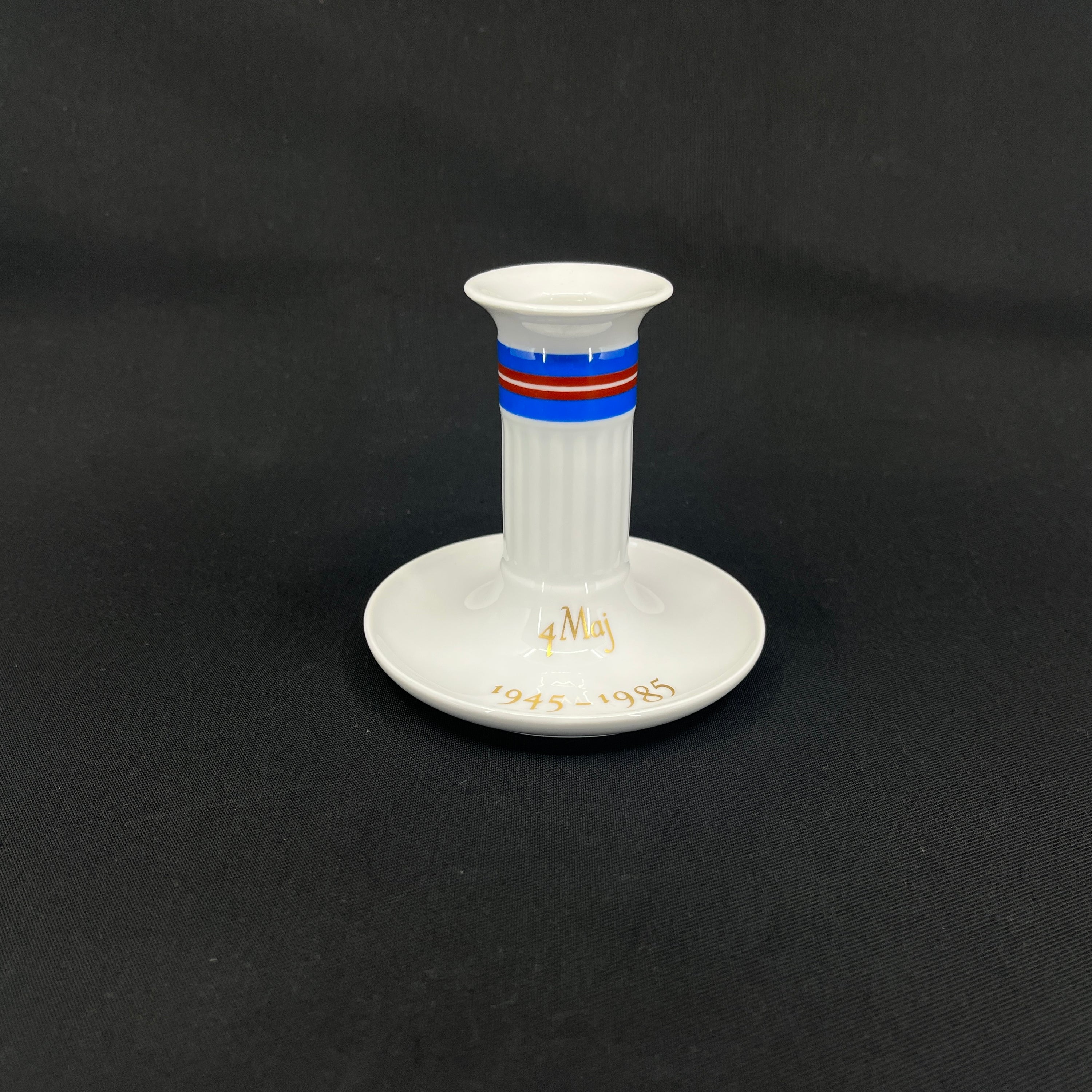
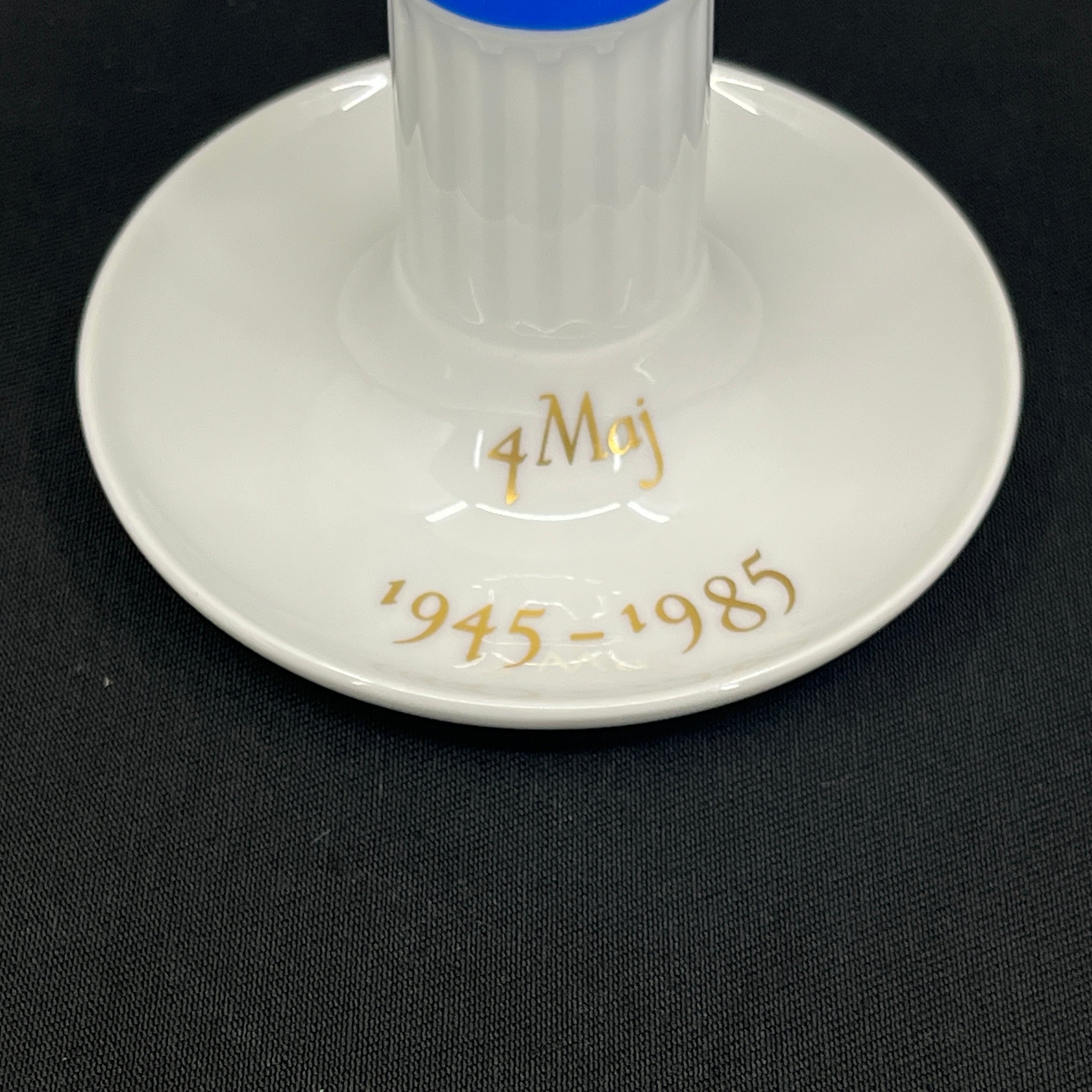 950,00 kr
950,00 kr

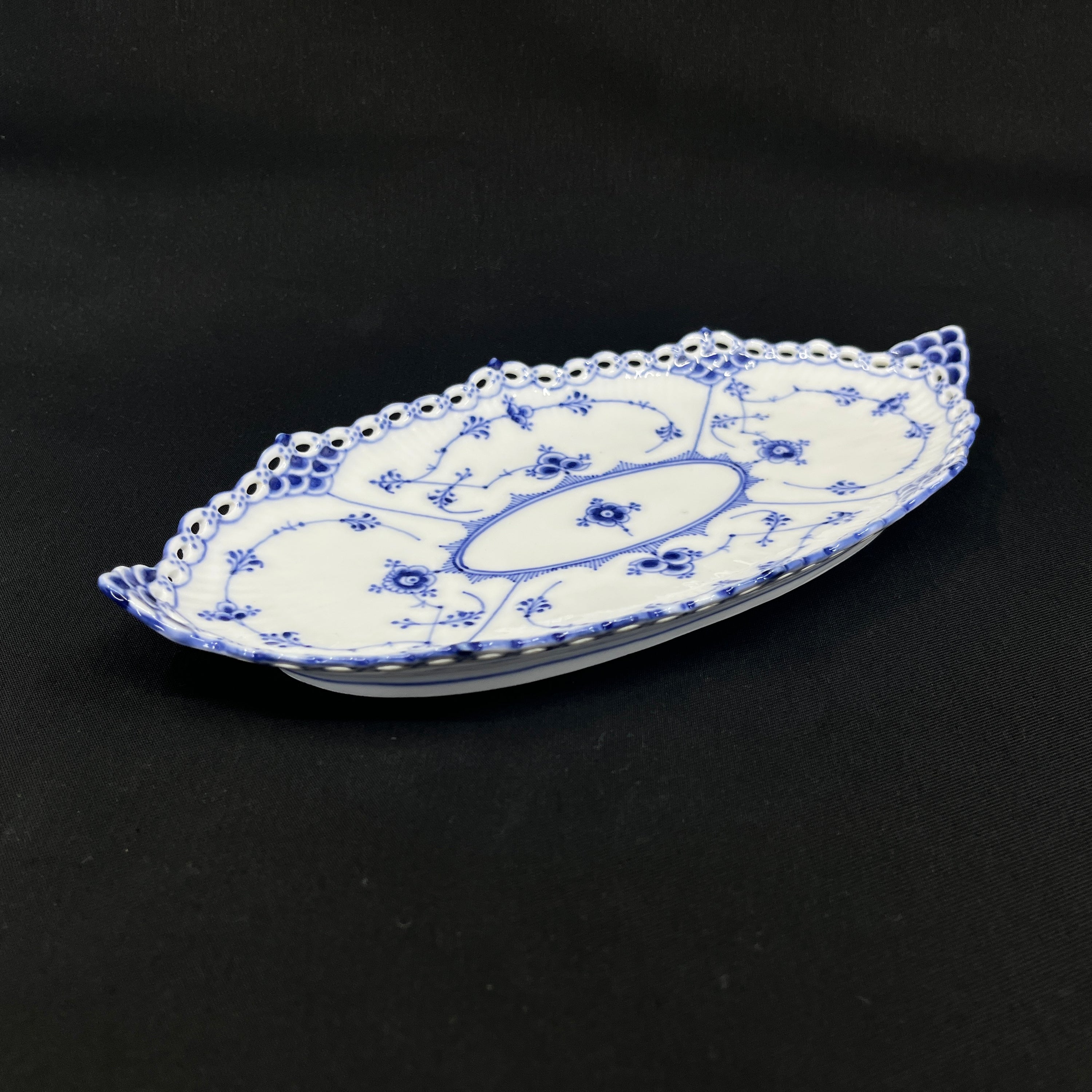
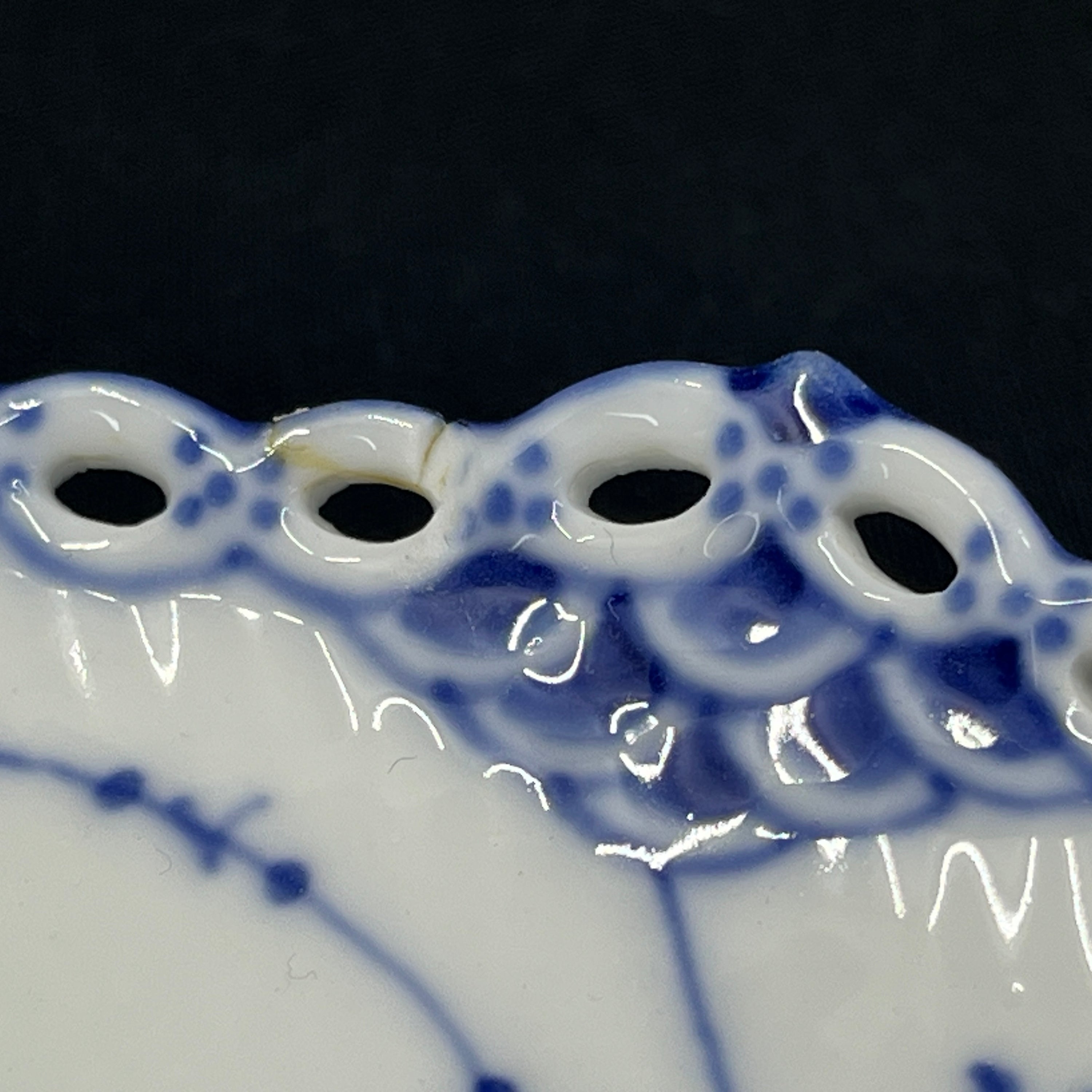
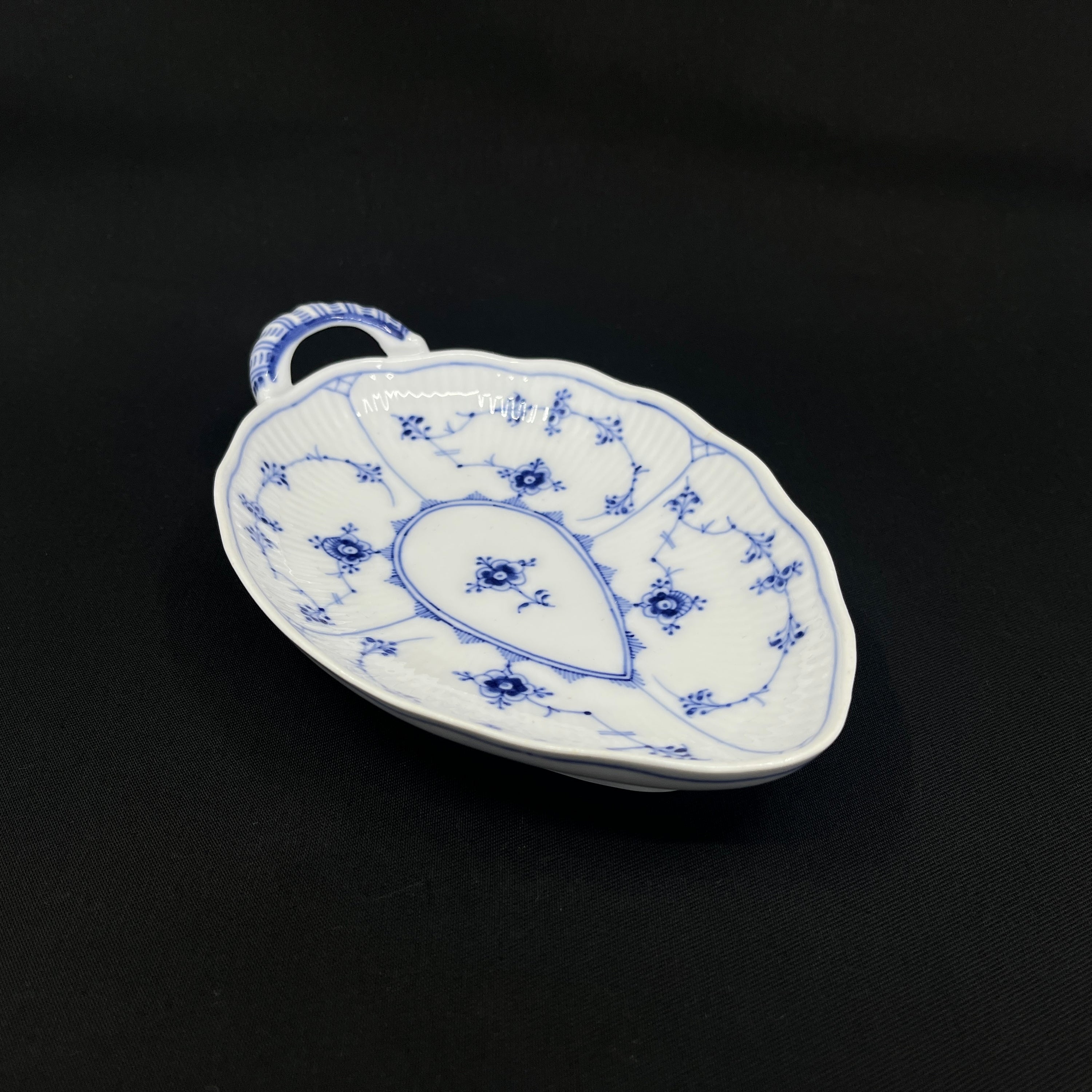
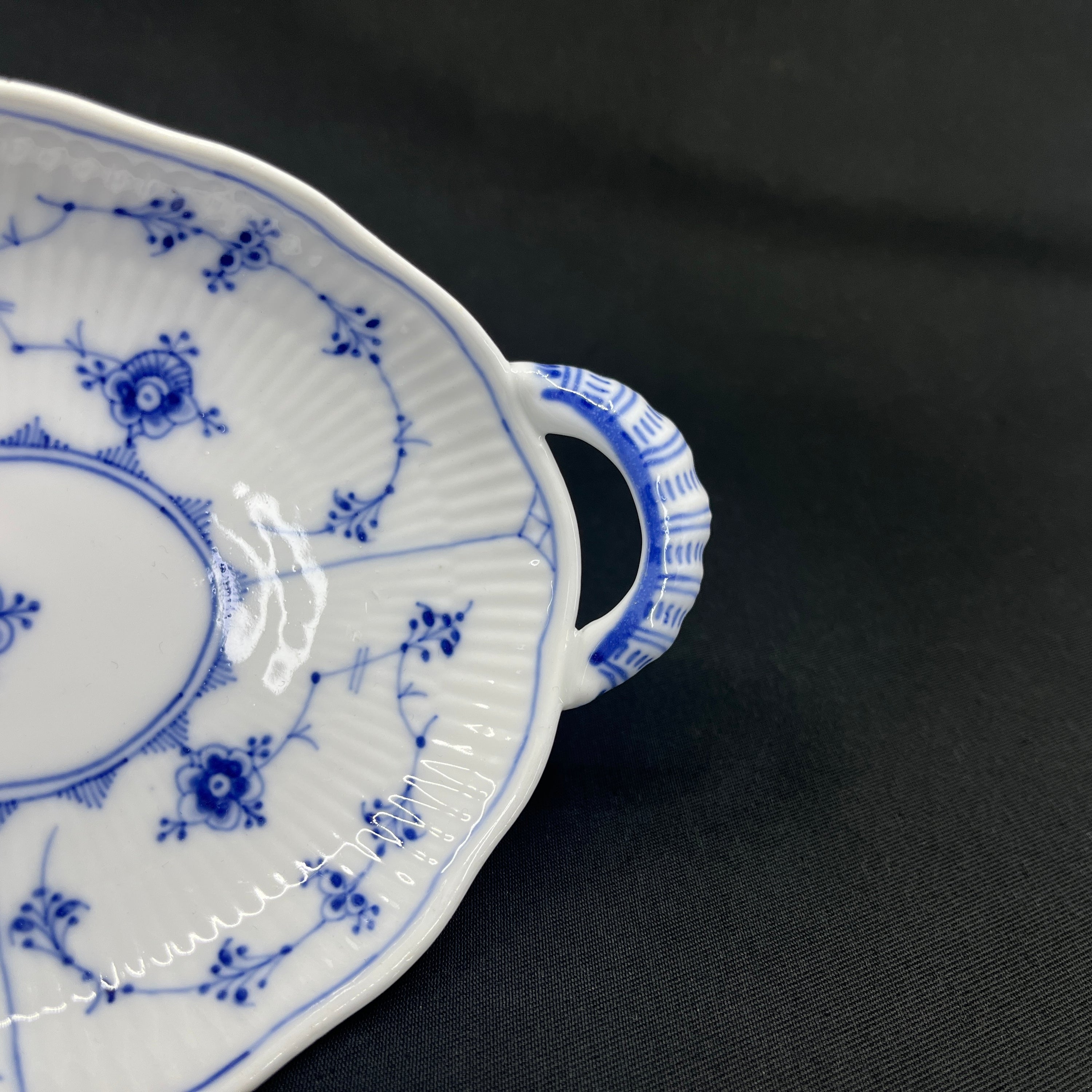



 3.000,00 kr
3.000,00 kr
 8.000,00 kr
8.000,00 kr